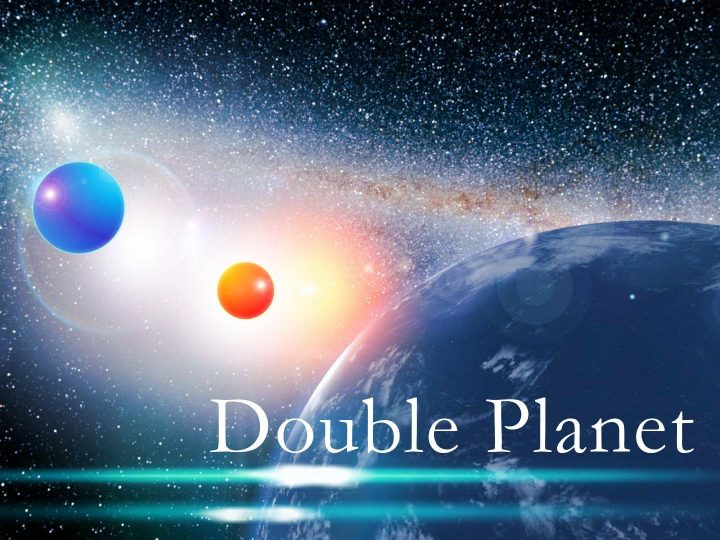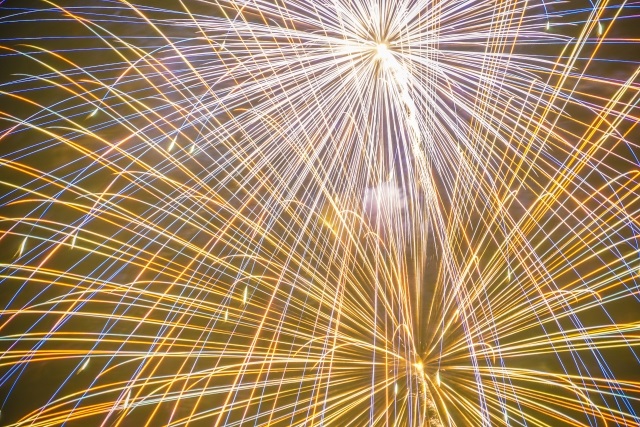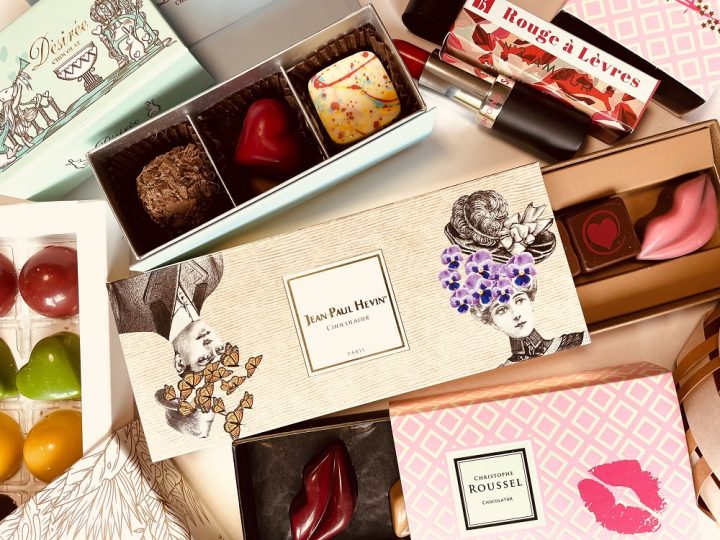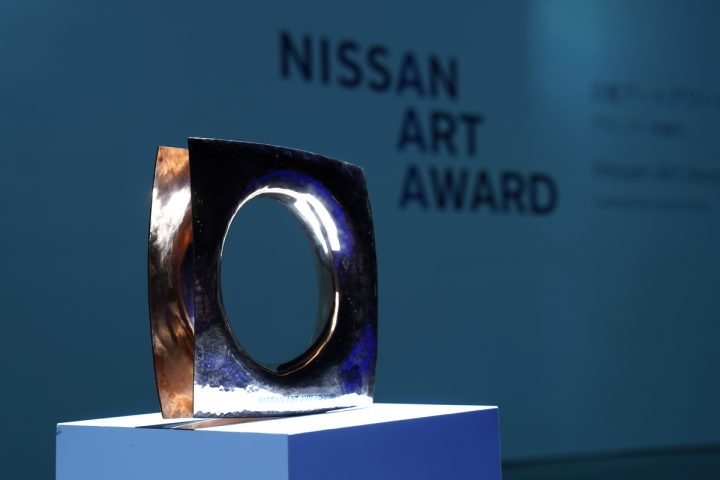Take a mini Magcal WEB tour to popular art museums in Kanagawa Prefecture!
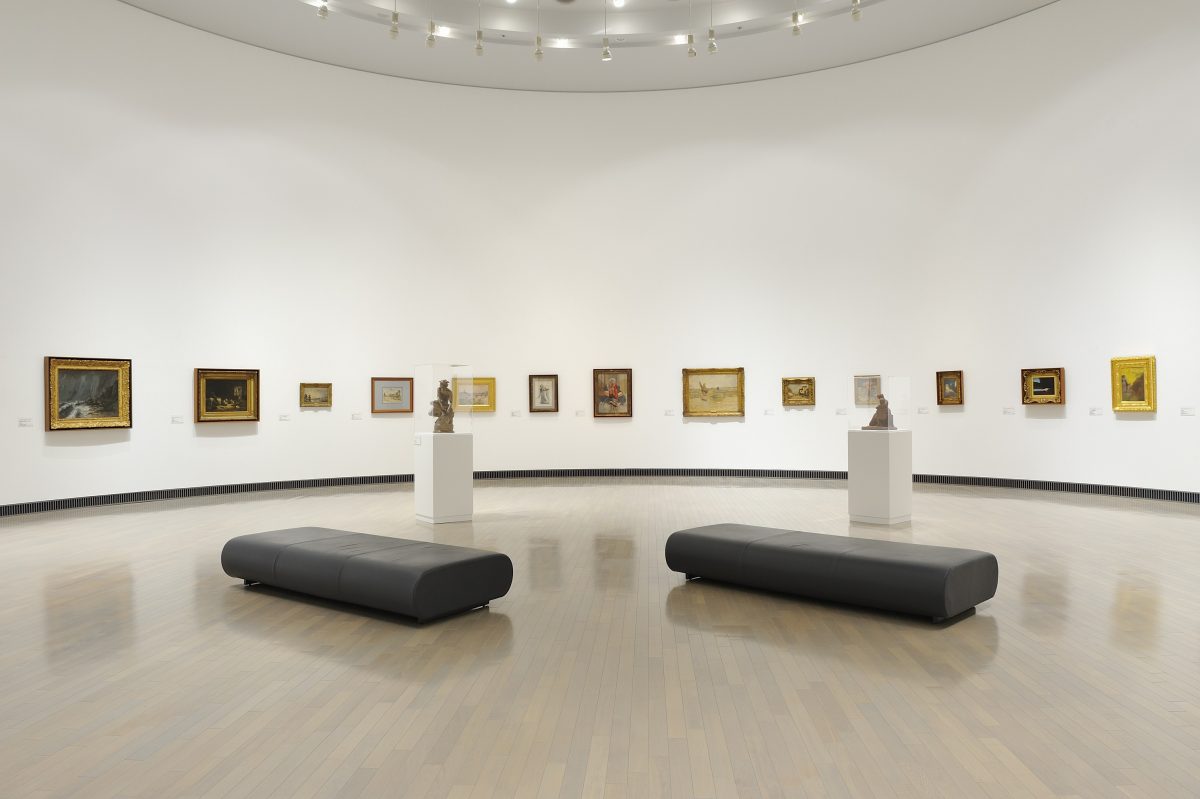
(Top image) Yokohama Museum of Art Photo: Yuichiro Tanaka
Kanagawa Prefecture has many art museums that are attractive in many ways, including the size and location of the art they house, as well as the artworks they have on display. Spending time surrounded by art or relaxing in an attached cafe is a blissful experience that cannot be replaced by anything else. It was truly unfortunate that many of these museums were forced to close in the first half of 2020 due to the effects of the COVID-19 pandemic.
With the state of emergency being lifted, museums are taking precautions and preparing to reopen. More and more museums are opening in June, but many people are still unsure of when to go out.
So we asked some of the prefecture's most popular art museums to share some of their collections and special exhibitions!
Kanagawa Prefectural Museum of Modern Art
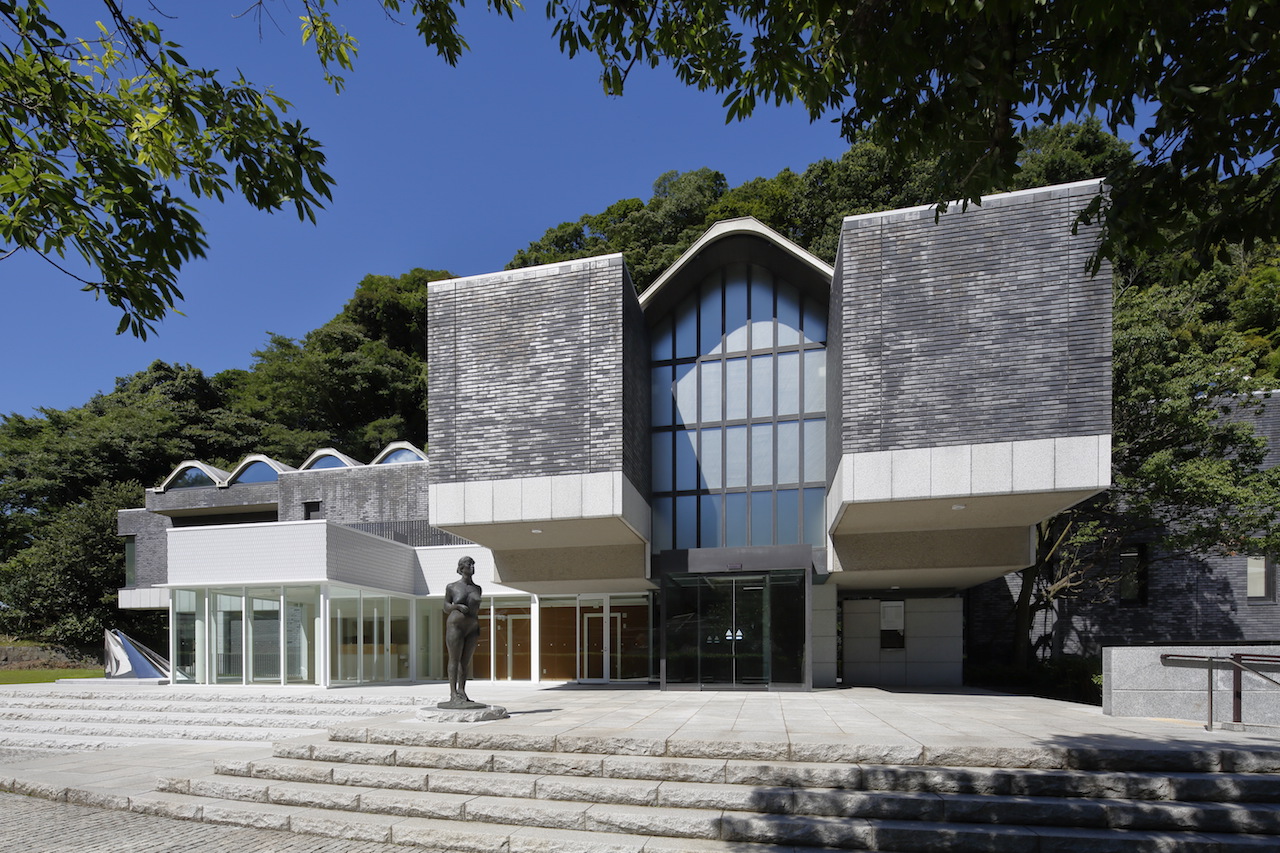
*Kamakura Annex Photo: Keizo Kioku
It opened in 1951 within the grounds of Tsurugaoka Hachimangu Shrine in Kamakura as Japan's first public modern art museum. The "Old Kamakura Museum," designed by Junzo Sakakura, closed in 2016 due to deterioration. The museum currently operates as a two-site facility: the "Hayama Museum," located in a spot overlooking Isshiki Beach, and the "Kamakura Annex," located about a 15-minute walk from Kamakura Station.

[Venue] Kanagawa Prefectural Museum of Modern Art, Kamakura Annex (currently closed for renovations [until January 2021 (planned)])
[Closed] Mondays, exhibition changeover periods, New Year holidays (12/29-1/3)
[Opening hours] 9:30-17:00 (entry until 16:30)
[Address] 2-8-1 Yukinoshita, Kamakura City
[TEL] 0467-22-5000
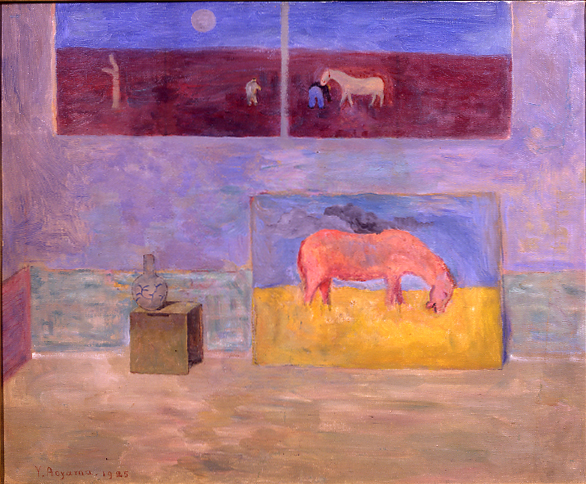
■ Yoshio Aoyama, "Atelier", 1925, Collection of the Kanagawa Prefectural Museum of Modern Art
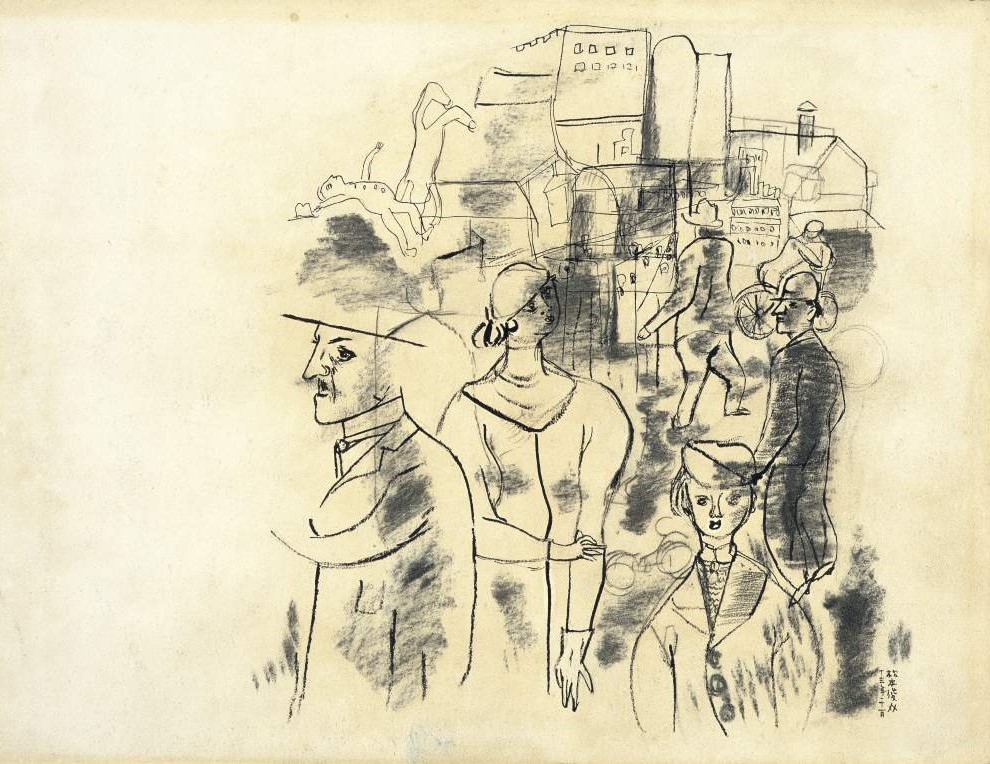
■ Matsumoto Shunsuke, In the City, 1938, Collection of the Kanagawa Prefectural Museum of Modern Art
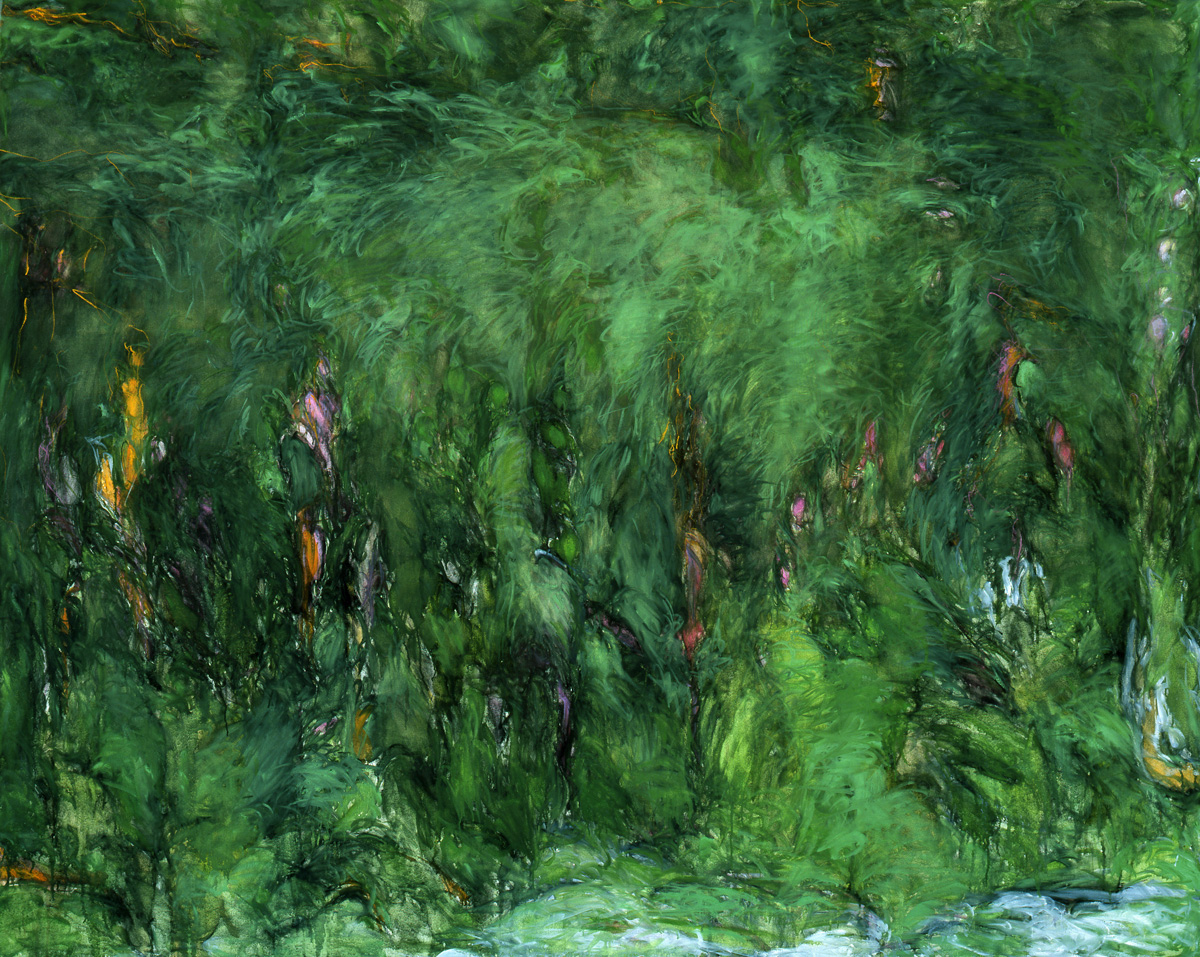
■Matsumoto Yoko, "Private Scene," 2005, Collection of the Museum of Modern Art, Kanagawa Prefecture
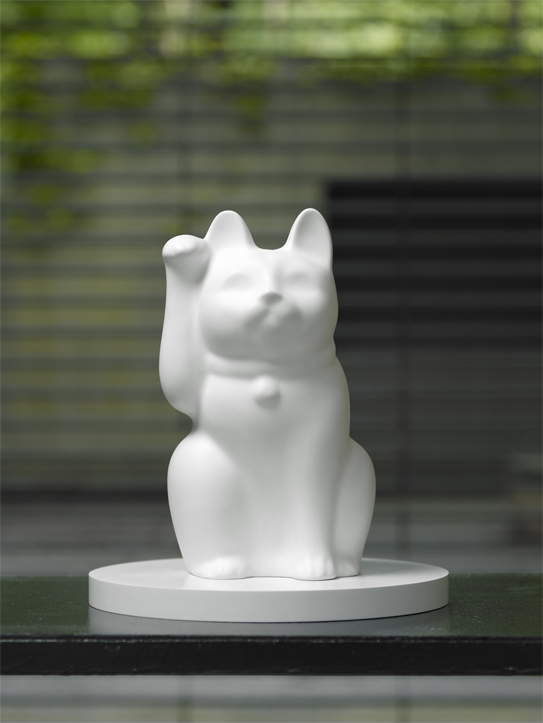
■Kazuo Okazaki, "Lucky Cat Child" 2006, Kanagawa Prefectural Museum of Modern Art, photo by ©Tadasu Yamamoto
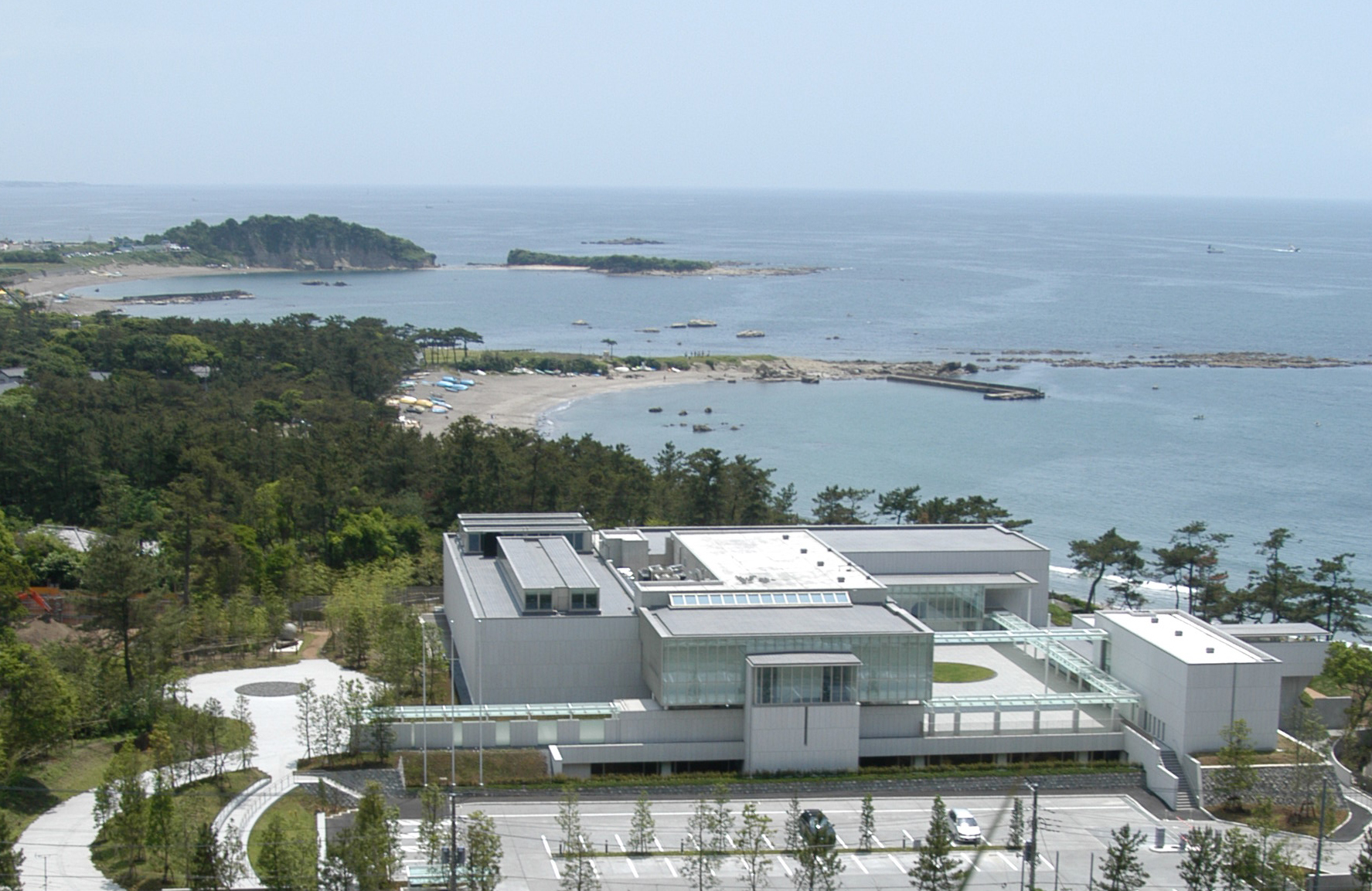
*Hayama Hall
Meanwhile, the Hayama branch was closed for renovation work, but has reopened since Tuesday, July 1, 2020.
Current exhibitions are here!
[100th anniversary of Japan-Czech relations]
A 100-year journey through Czech design
[Venue] Kanagawa Prefectural Museum of Modern Art, Hayama Exhibition Rooms 2 and 3
[Period] July 31, 2020 (Friday) – September 22, 2020 (Tuesday/holiday)
[Closed] Mondays
[Opening hours] 9:30-17:00 (entry until 16:30)
[Address] 2208-1 Isshiki, Hayama-cho
[TEL] 046-875-2800
Kanagawa Prefectural Museum of Modern Art
*Please check the official website for details.
Yokohama Museum of Art
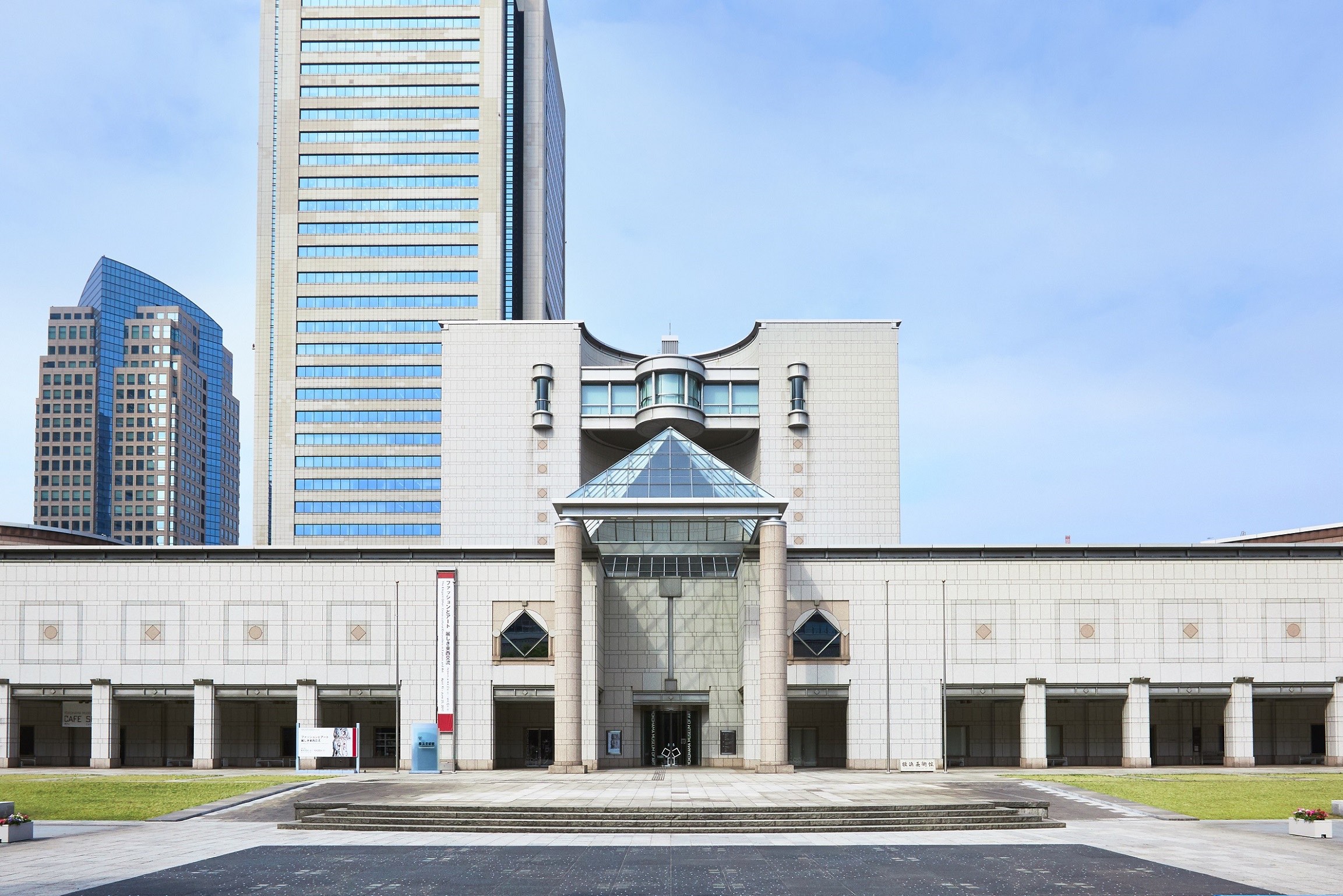
*Photography: Yasuyuki Kasagi
Since its opening in 1989, the museum has focused on collecting modern and contemporary art and has held exhibitions as a fitting museum for the international port city of Yokohama. In addition to seven exhibition rooms, it is also home to an art information center with a collection of over 110,000 books, and an atelier for holding a wide variety of workshops, making it one of the largest museums in Japan.
The building, which features a striking, symmetrical exterior, was designed by one of Japan's leading architects, Kenzo Tange.
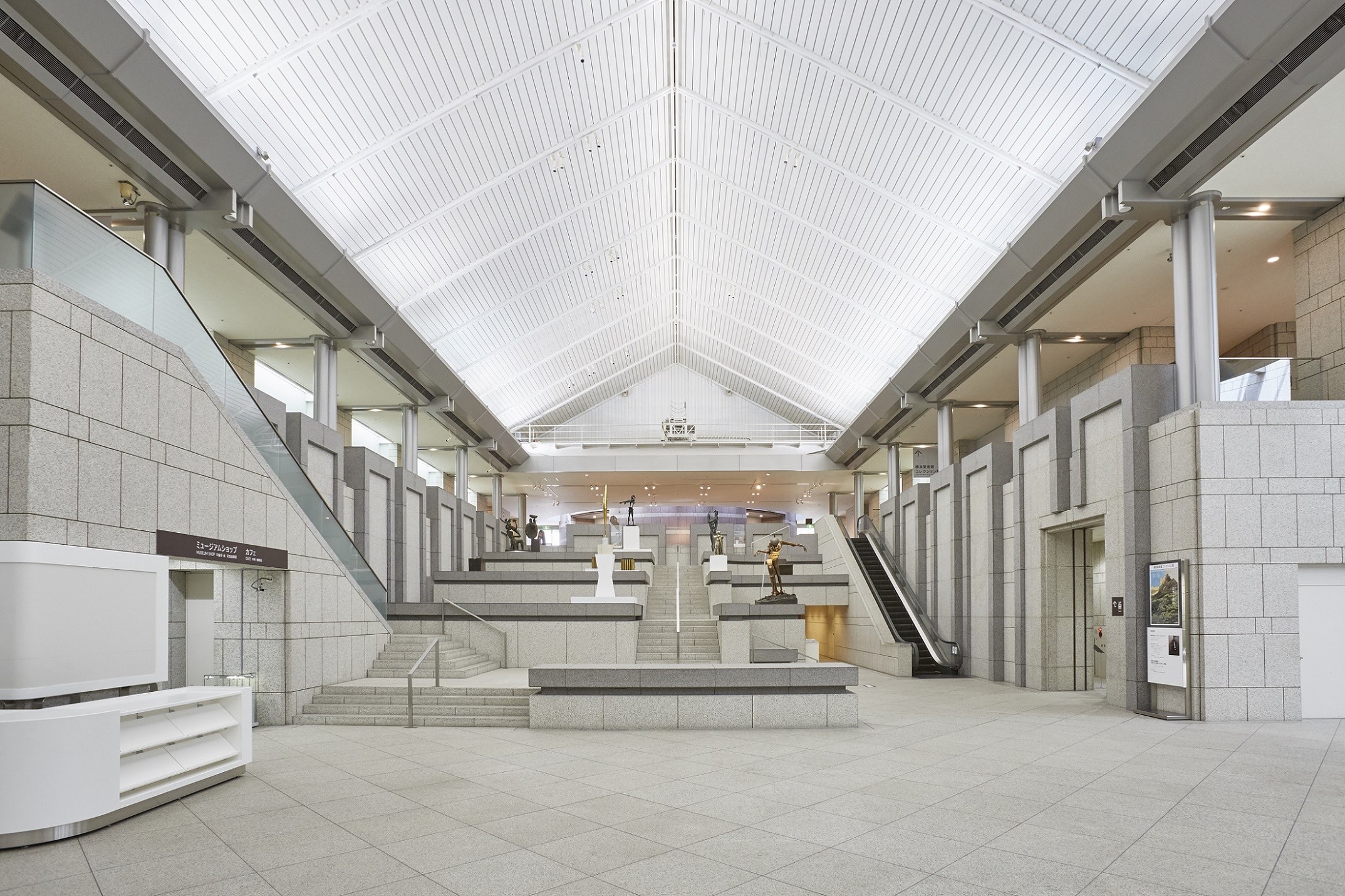
*Photography: Yasuyuki Kasagi
The Grand Gallery, which consists of a spacious 20-meter-high atrium entrance made of granite and a stepped exhibition space stretching for approximately 100 meters on both sides, is a space that can be said to be the symbol of the museum.
This year marks the opening of the Yokohama Triennale, an international contemporary art exhibition held every three years. The museum is currently closed, but preparations are underway for its opening on Friday, July 17th.
[Yokohama Triennale 2020 " AFTERGLOW - Capturing Fragments of Light "]
[Period] July 17th (Friday) – October 11th (Sunday), 2020
After the Yokohama Triennale 2020 ends, an exhibition will be held in collaboration with the Aichi Prefectural Museum of Art and the Toyama Prefectural Museum of Art. Over 100 works by artists such as Picasso, Klee, Miro, Ernst, Dali, Magritte, Pollock, Bacon, and Richter from the Western art collections of these three large public art museums will be on display, tracing the footsteps of 20th century Western art, a time of repeated innovations in expressive techniques and concepts.
[ Trilogy: 20th Century Western Art Collections from the Yokohama Museum of Art, Aichi Prefectural Museum of Art, and Toyama Prefectural Museum of Art ]
[Duration] November 14, 2020 (Sat) - February 28, 2021 (Sun)
[Closed] Thursdays (except February 11, 2021), December 29, 2020 (Tuesday) - January 3, 2021 (Sunday), February 12 (Friday)
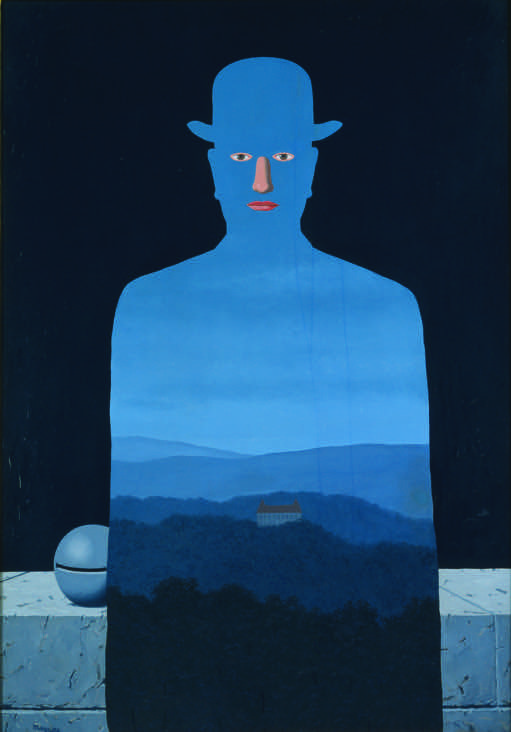
■ René Magritte, "The King's Museum", 1966, oil on canvas, 130.0 x 89.0 cm, Yokohama Museum of Art
The man in a bowler hat appears repeatedly in Magritte's work from the 1920s until his later years. With only his eyes, nose and mouth remaining, his silhouette is projected over a silent forest and mountain landscape. By painting the distant scenery, which should be in the background, in the foreground, he overturns the rules of painting and invites the viewer into a mysterious other world. It is said that Magritte often entrusted the titles of his works to his friends, and in this case, his old friend Scythener, who he had known since 1927, testified that he named this work himself. The artist, who explored "what must be depicted for mystery to exist," also hides mystery in the relationship between the work and its title. (From Kanai Mayuko, curator at the Yokohama Museum of Art, "Selections from the Yokohama Museum of Art Collection" [2014])
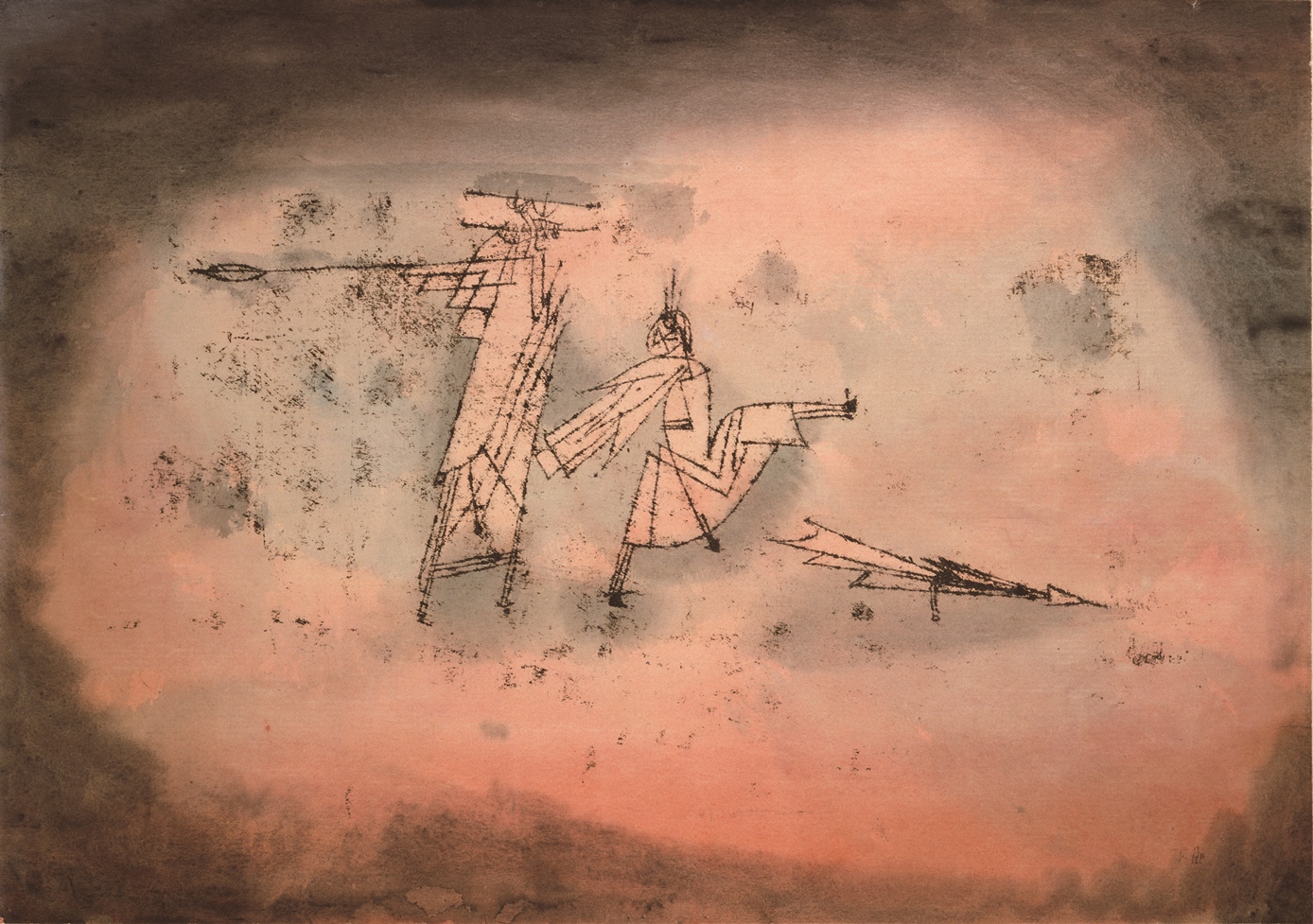
■Paul Klee, "Matter, Spirit and Symbol of Aggression", 1922, watercolor and oil on paper, 33.5 x 47.5 cm, Yokohama Museum of Art
Three motifs reminiscent of human figures are drawn with sharp lines on a pale color scheme, forming a vector from left to right. This work was created using Klee's unique technique of "oil transfer," in which the original sketch is first drawn, and then the reverse side is coated with oil-based ink, and the sketch is traced over with a pointed stylus, transferring it to the paper underneath. The original sketch (1922, location unknown) has the title of the work, "Attack as Symbol ← Will ← and Execution," as well as the three motifs with "Execution," "Will," and "Symbol" written on them from left to right. This work thematizes Klee's very thoughts on the process of creating painting. (From "Selections from the Yokohama Museum of Art Collection" [2014], by Matsunaga Shintaro, Chief Curator, Yokohama Museum of Art)
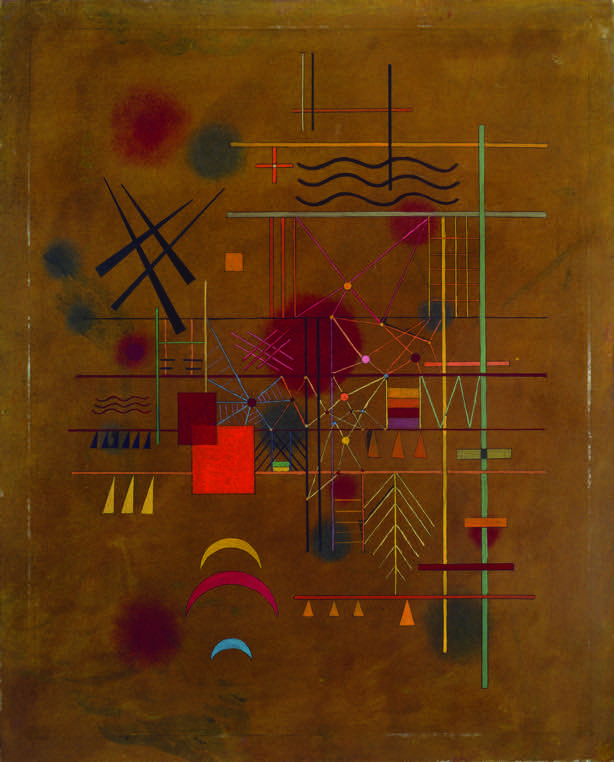
Wassily Kandinsky, "Red in the Net," 1927, oil on cardboard, 61.0 x 49.0 cm, Yokohama Museum of Art
Geometric motifs such as straight lines, triangles, rectangles, and crescents are combined to create a harmonious painting. When Kandinsky was appointed to the Bauhaus, a comprehensive art school in Germany, in 1922, his paintings underwent a major shift from so-called expressionist abstraction to geometric abstraction. This work, produced in the middle of his Bauhaus period, shows the influence of the Russian and Dutch constructivist movements of the same period, but the diverse forms and soft color expression maintain the artist's unique lyrical sensibility, which sets it apart from the strictness of constructivist painting. (From Matsunaga Shintaro, Chief Curator, Yokohama Museum of Art, "Selections from the Yokohama Museum of Art Collection" [2014])
Yokohama Museum of Art
[Address] 3-4-1 Minatomirai, Nishi-ku, Yokohama
[TEL] 045-221-0300
*Please check the official website for details.
Taro Okamoto Museum of Art, Kawasaki
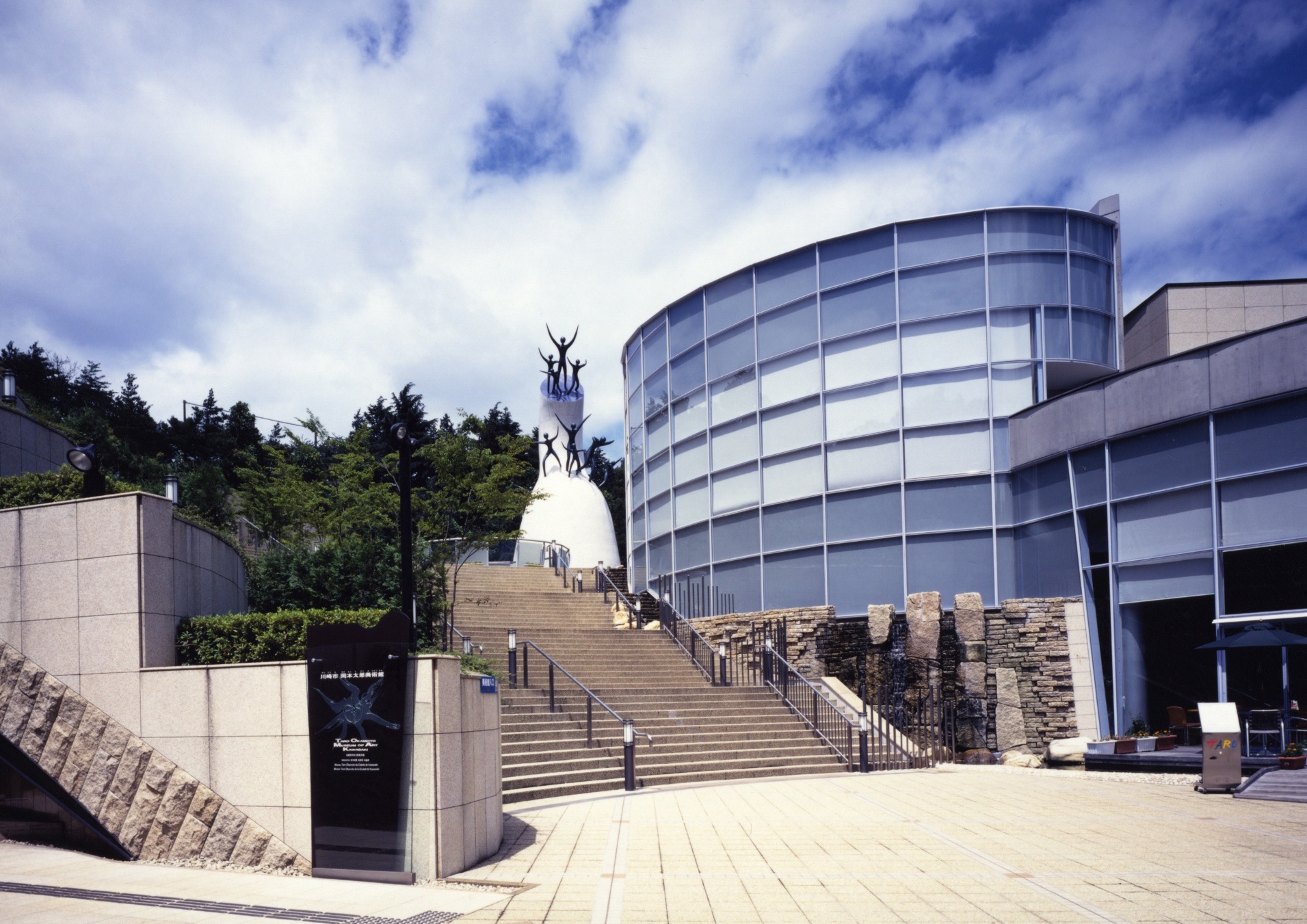
The museum opened in 1999 within Ikuta Ryokuchi Park as a museum that houses and exhibits 1,779 pieces donated to Kawasaki City by the artist Taro Okamoto. Outside, the museum's symbolic tower, Mother's Tower, the prototype of which was created in 1971, is on display.
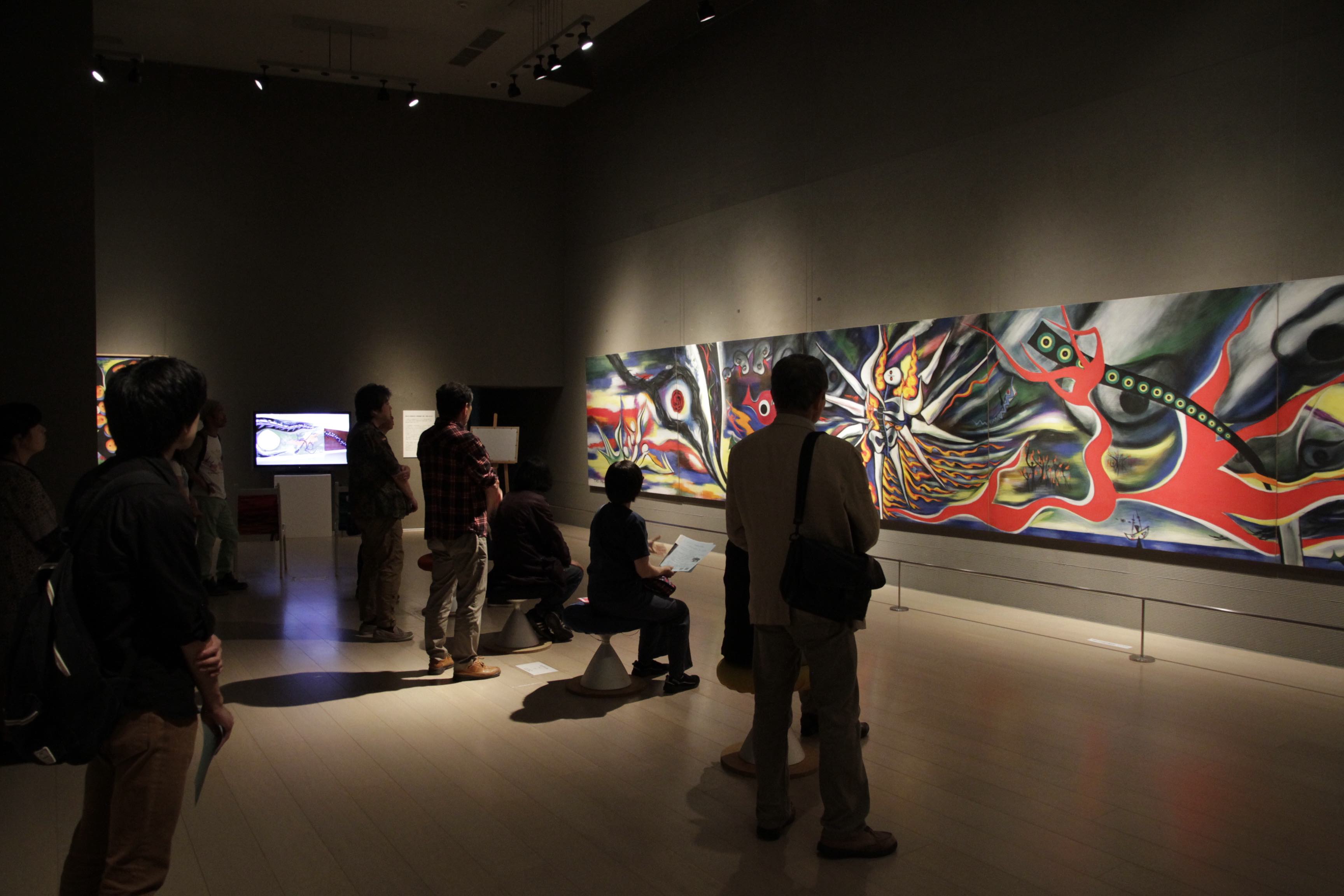
The exhibition room in the museum is designed to convey the trajectory of Taro Okamoto's artworks, writings, performances, fieldwork, etc., and introduces his works with lighting, video, and other effects. It is a space where you can "experience" the world of Taro Okamoto.
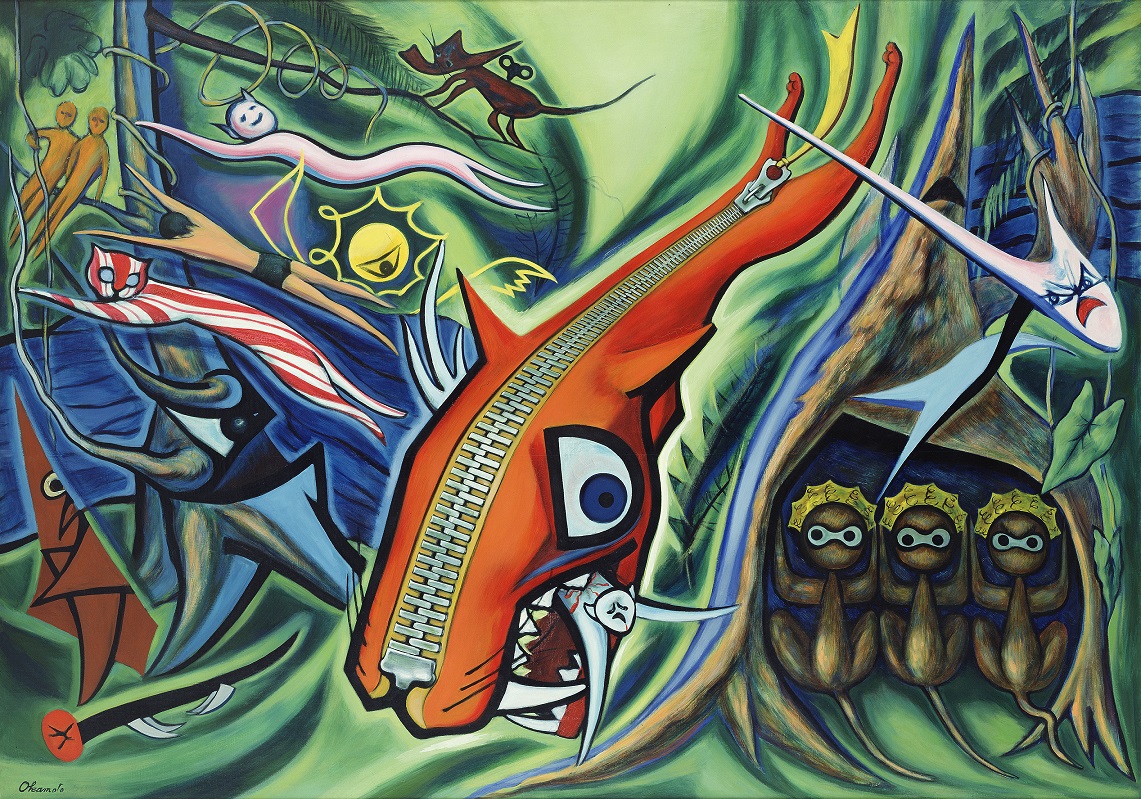
■Taro Okamoto, "Law of the Forest," 1950, oil on canvas
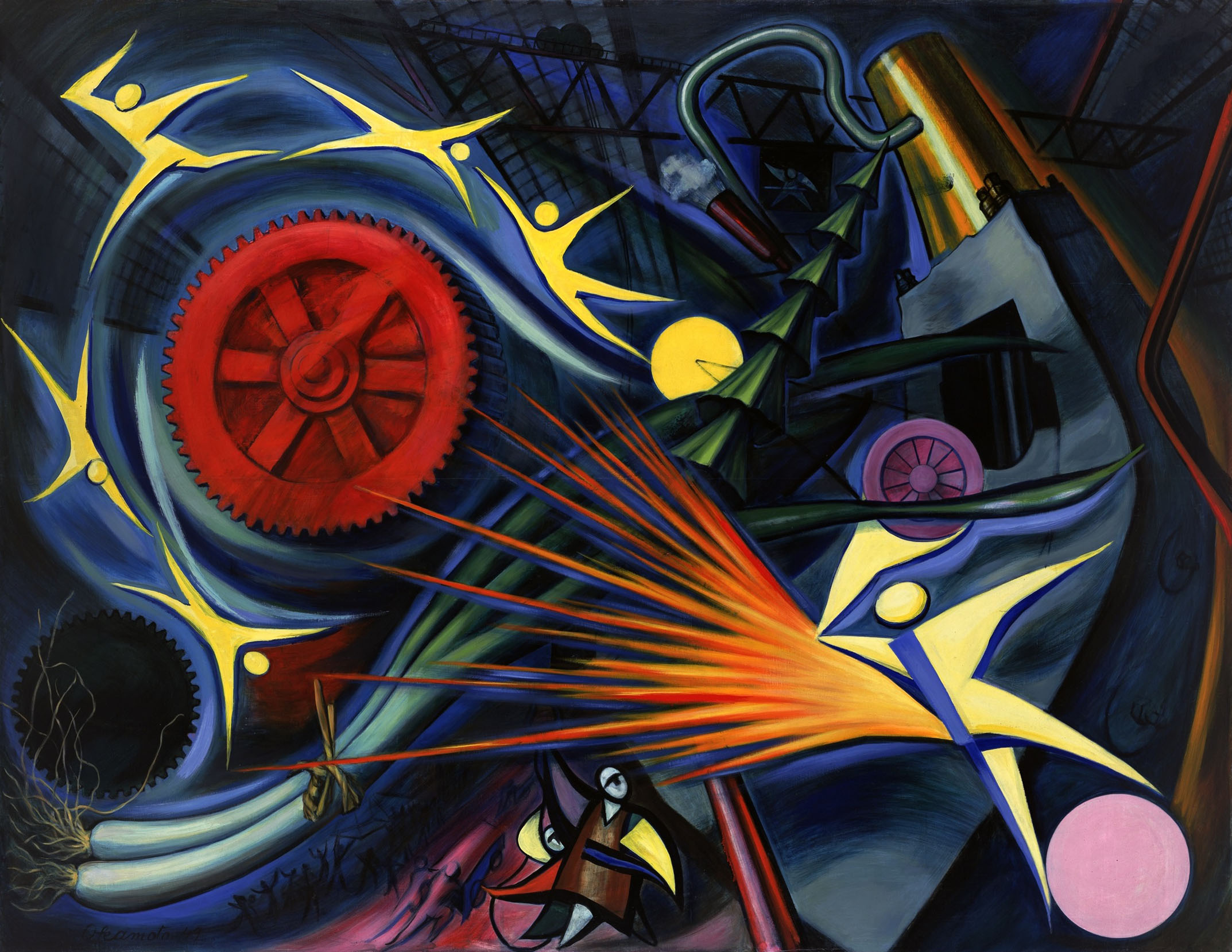
■Taro Okamoto, Heavy Industry, 1949, oil on canvas
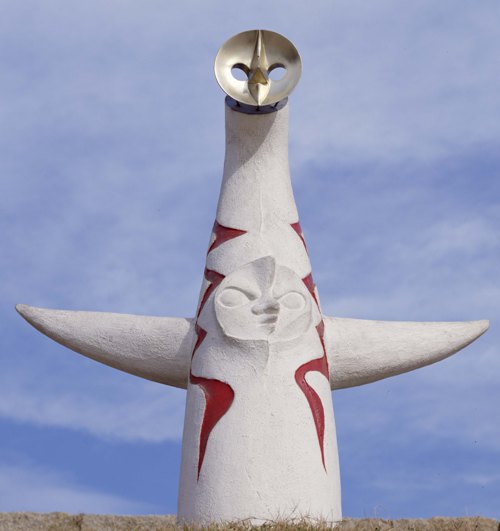
■Taro Okamoto "Tower of the Sun" 1970 FRP
Currently, the permanent exhibition room is hosting "The Road to the Tower of the Sun - The Tower of the Sun was the Tree of Life" (until October 11th).
" Taro Okamoto Museum of Art, Kawasaki City "
[Opening hours] 9:30-17:00 (entry until 16:30)
[Closed] Mondays (except on public holidays), the day after a public holiday (except on Saturdays and Sundays), New Year's holidays, and other temporary closing days
[Admission fee] Varies depending on the exhibition, so please check the official website.
[Address] 7-1-5 Masugata, Tama-ku, Kawasaki City, Ikuta Ryokuchi
[TEL] 044-900-9898
Kamakura City Kaburaki Kiyokata Memorial Museum
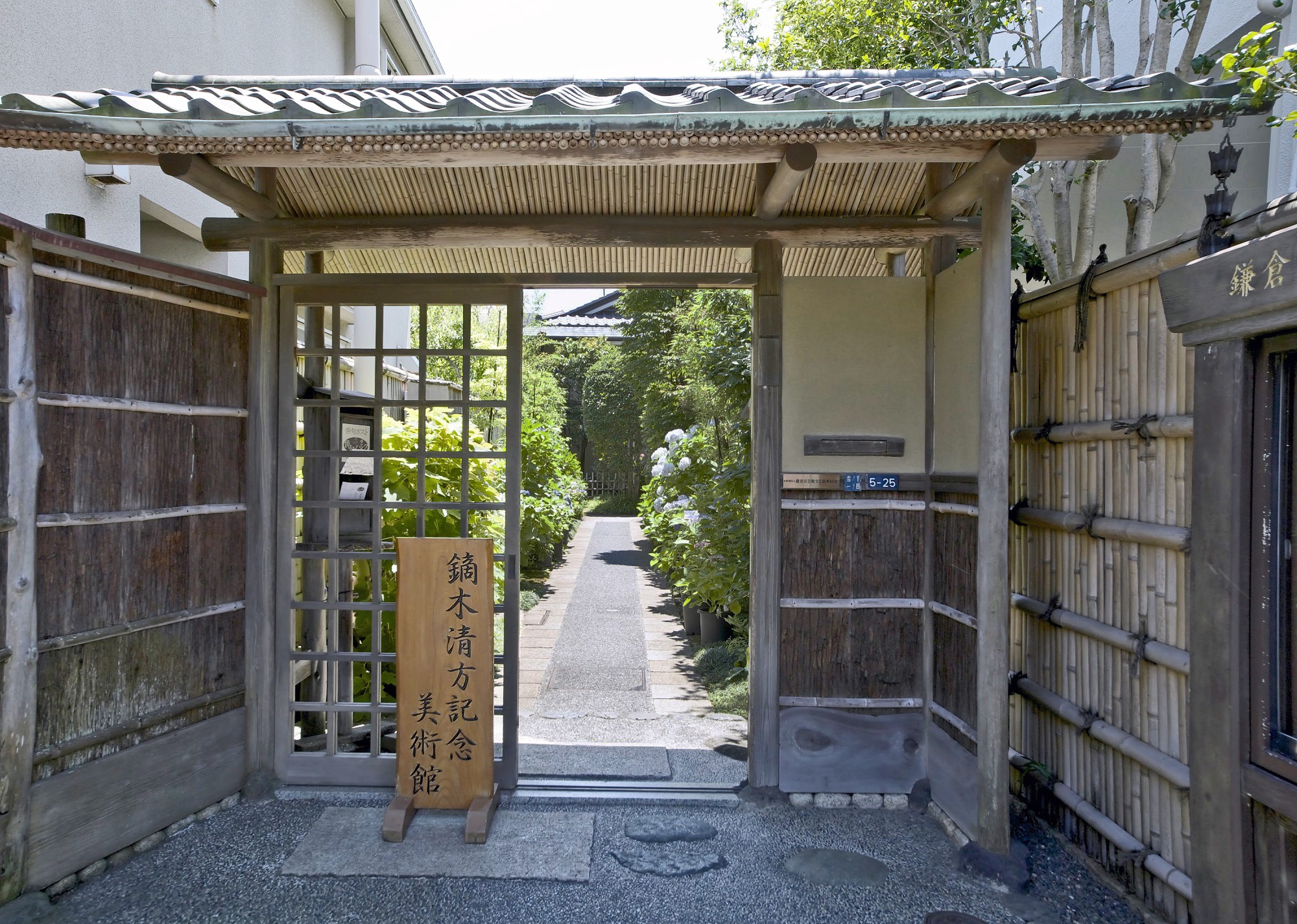
This museum was built on the site of the former residence of the master of modern Japanese painting, Kaburaki Kiyokata, in Yukinoshita, Kamakura, where he passed away. The Japanese-style building stands out in a quiet residential area of the ancient capital, Kamakura.
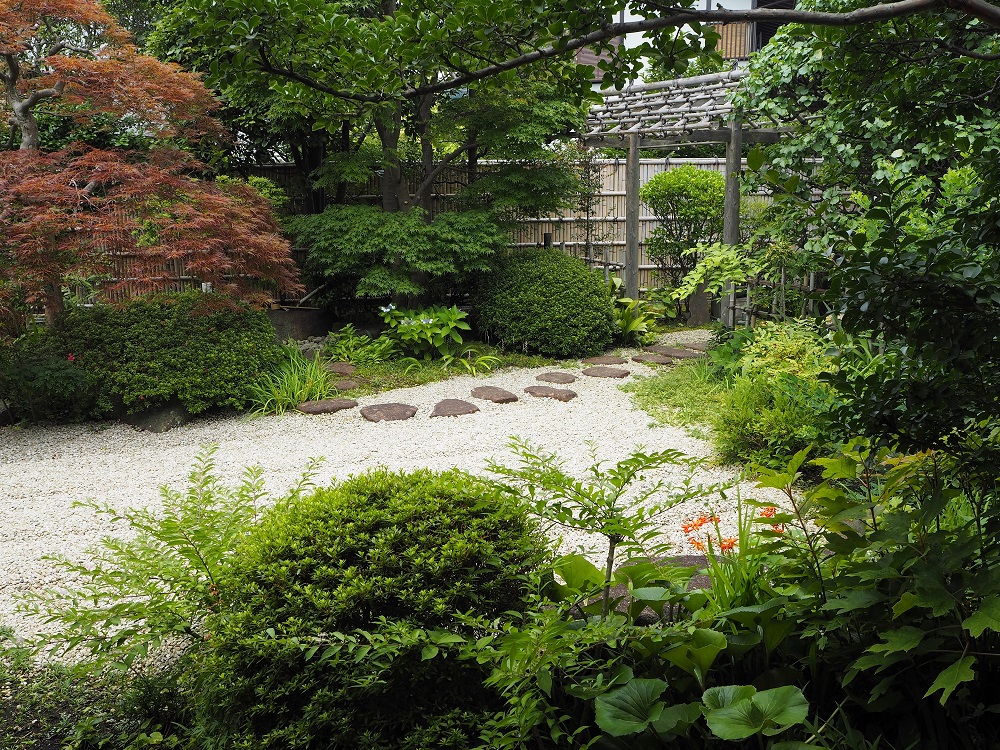
After the war, the artist moved from his evacuation site in Gotemba to Zaimokuza in Kamakura, where he established his studio in Yukinoshita in 1954, and lived there until his death in 1972 at the age of 93.
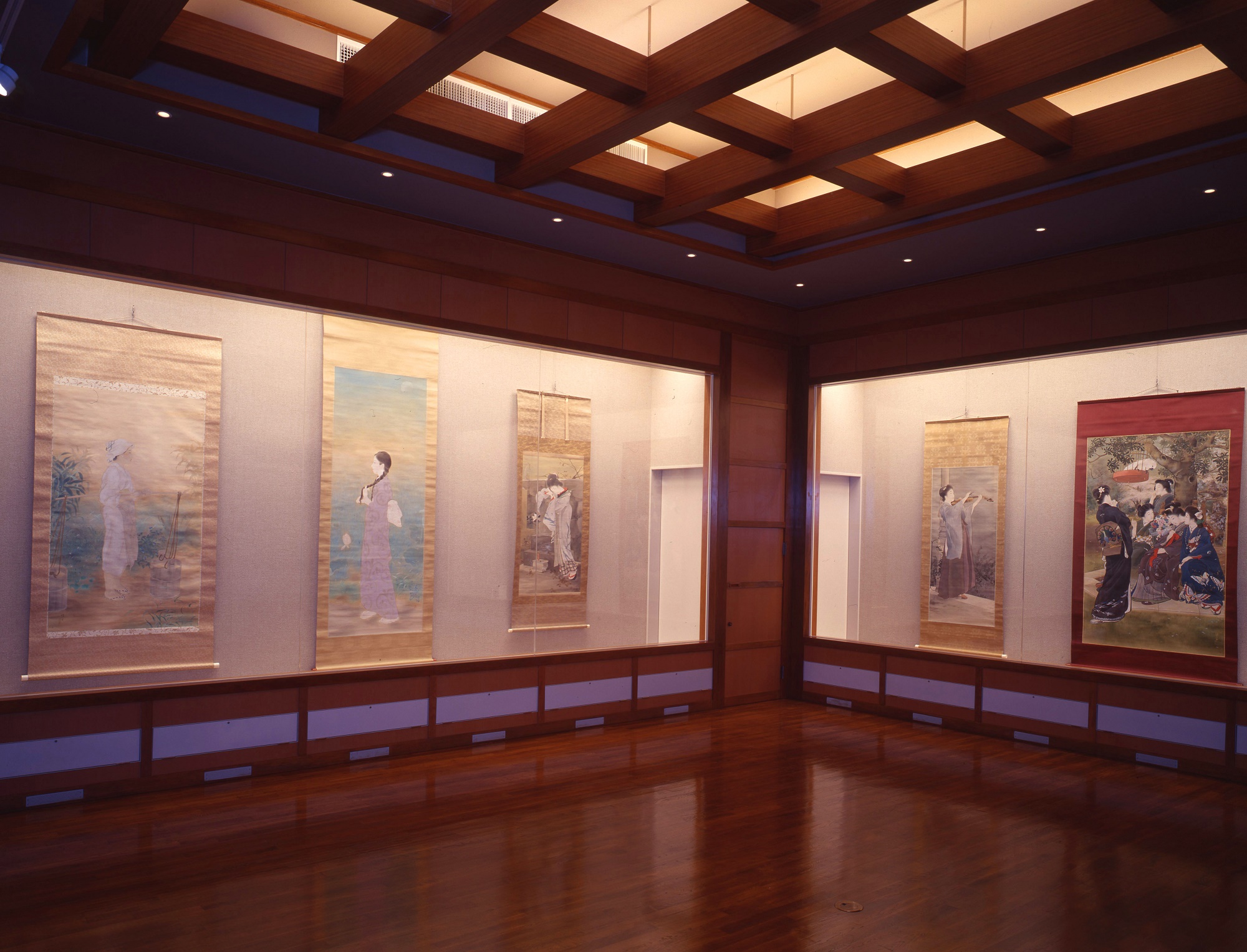
The following special exhibitions are currently being held.
[Sparkling Summer - Kiyokata and Yushinan]
[Dates] July 4th (Sat) - August 25th (Tue) 9:30-16:20
[Opening hours] 9:30-16:20
[Closed] Mondays
[Admission fee] Adults 200 yen, elementary and junior high school students 100 yen
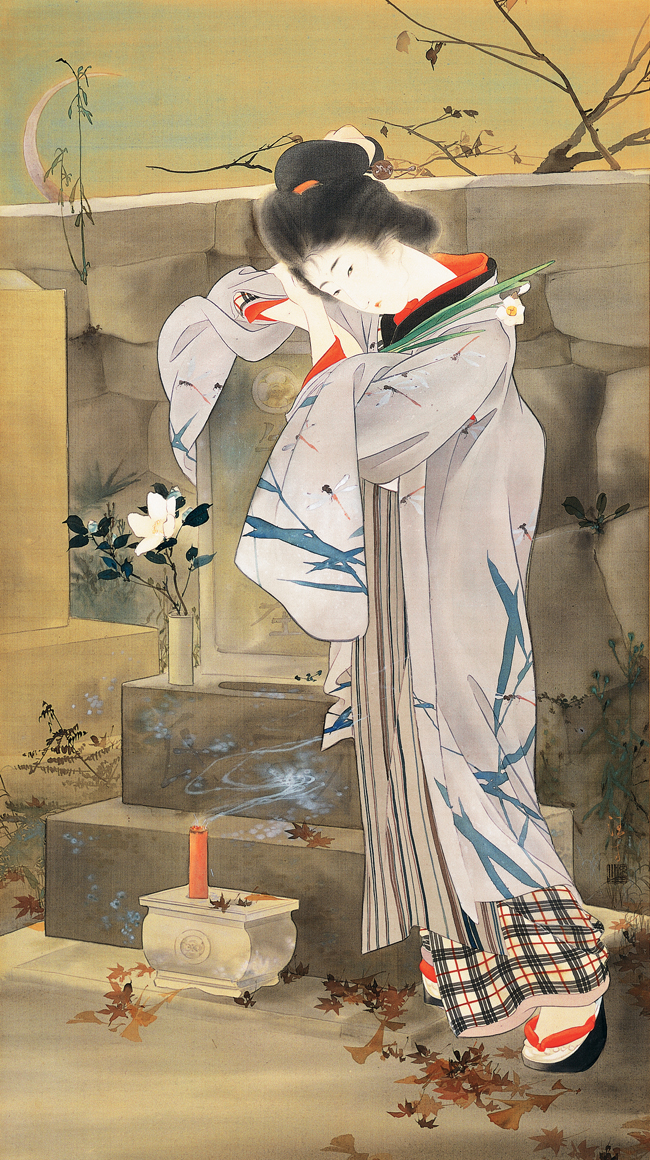
■ "Tomb of Ms. Ichiyo" 1902, Kamakura City Kaburaki Kiyokata Memorial Museum of Art
Inspired by Kyoka Izumi's essay "Ichiyo's Grave" (published in the literary magazine Shinsho in 1900), he visited the Higuchi family grave at Tsukiji Honganji Temple. The figure of Midori, the protagonist of Ichiyo Higuchi's book "Takekurabe", leaning against the Higuchi family grave, is based on a sketch he made at that time.
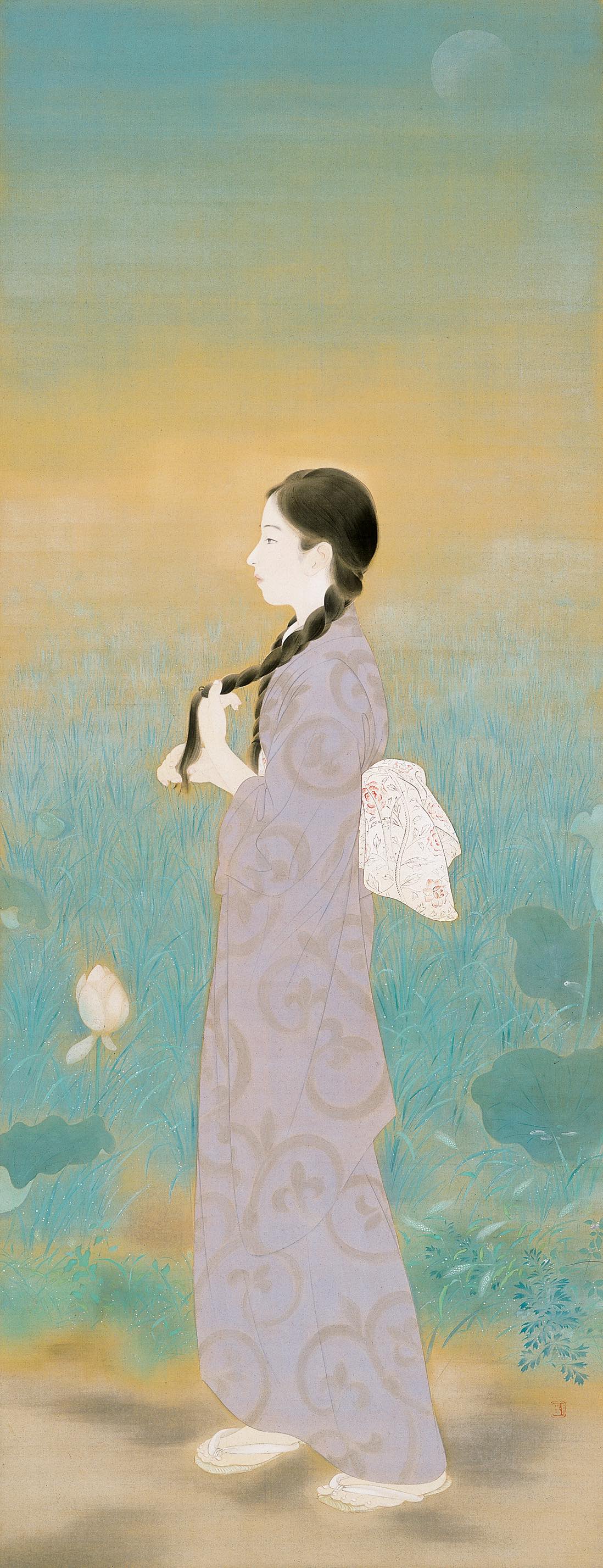
■ "Morning Cool" 1925, Kamakura City Kaburaki Kiyokata Memorial Museum of Art
This work was submitted to the government-sponsored Teiten Exhibition. Kiyokata was feeling lost in his creative process, but this work was the one that he described as "completely bringing me back to myself." It is one of his representative works, and is based on life in Kanazawa-Hakkei (now Kanazawa Ward, Yokohama City, Kanagawa Prefecture), where Kiyokata had a villa.
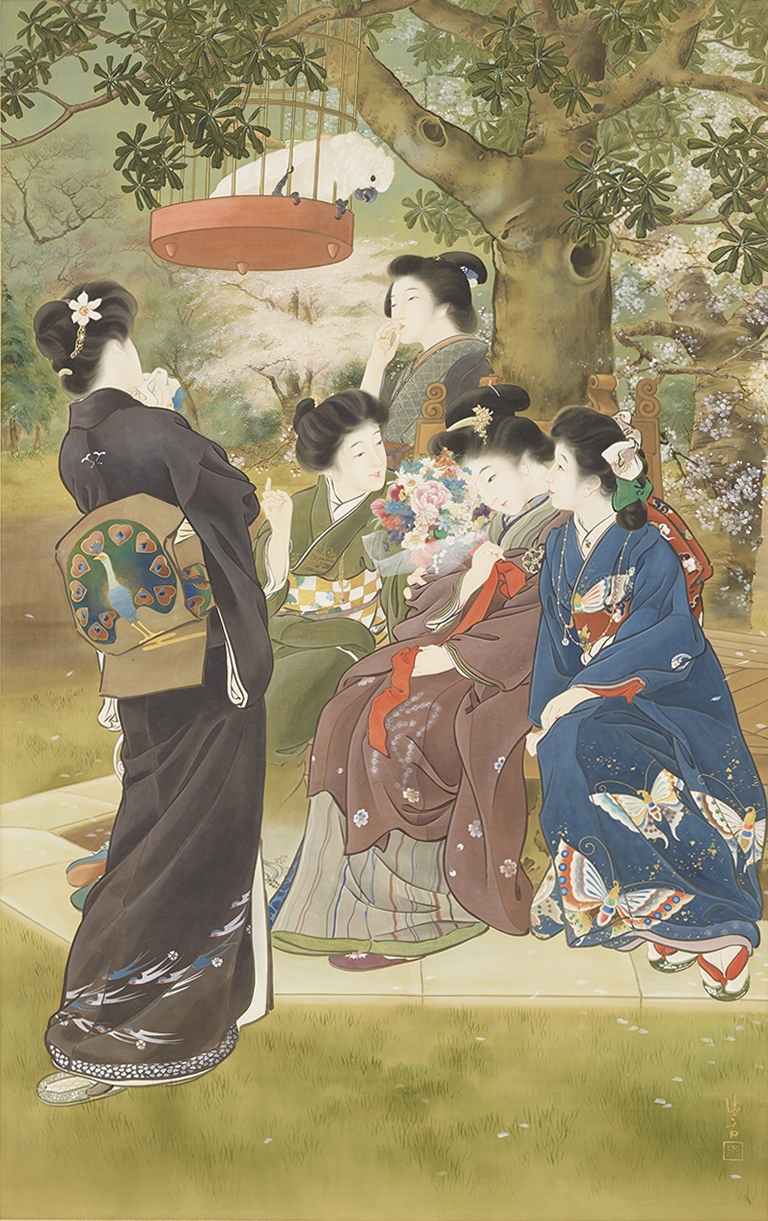
■ "The Bride" 1907, Kamakura City Kaburaki Kiyokata Memorial Museum of Art
《 Kamakura City Kaburagi Kiyokata Memorial Museum 》
[Address] 1-5-25 Yukinoshita, Kamakura City
[ TEL ] 0467-23-6405
Chigasaki City Museum of Art

This art museum was established by Chigasaki City in April 1998.
The museum has a collection of approximately 2,000 pieces, mainly by artists with ties to Chigasaki, including Yorozu Tetsugoro, who has left his mark on the history of modern Japanese Western-style painting, Western-style painter Koyama Keizo, who was awarded the Order of Culture for his solid painting techniques, watercolor painter Mitsuhashi Kyoji, who was fascinated by Spain, Tsuchiya Koitsu, who beautifully depicted landscapes from all over Japan through woodblock prints, and up-and-coming artists currently based in Chigasaki.

The museum has been temporarily closed, but is scheduled to reopen on Wednesday, July 1st. For those who feel lonely, the museum has kindly provided us with images of its collection.
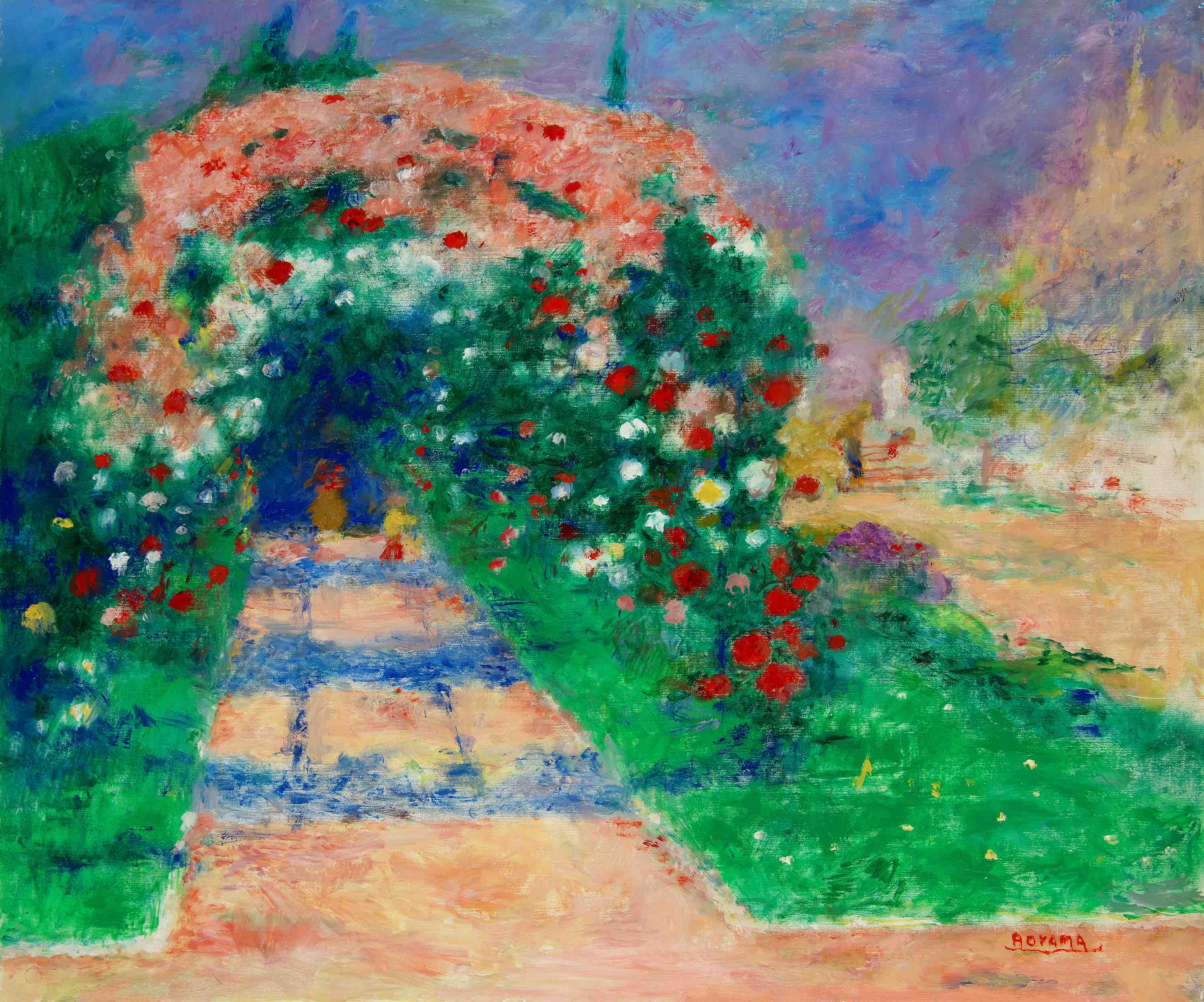
Yoshio Aoyama, "Rose Arch", 1989, oil on canvas, 60.6cm x 72.7cm (Private Collection)
The rose arch depicted in this work is a scene from the garden of the Franciscan monastery in Cimiez, a suburb of Nice, where Henri Matisse, one of the greatest painters of the 20th century, rests. Matisse is said to have admired Aoyama's colors and remained friends with him until his death.
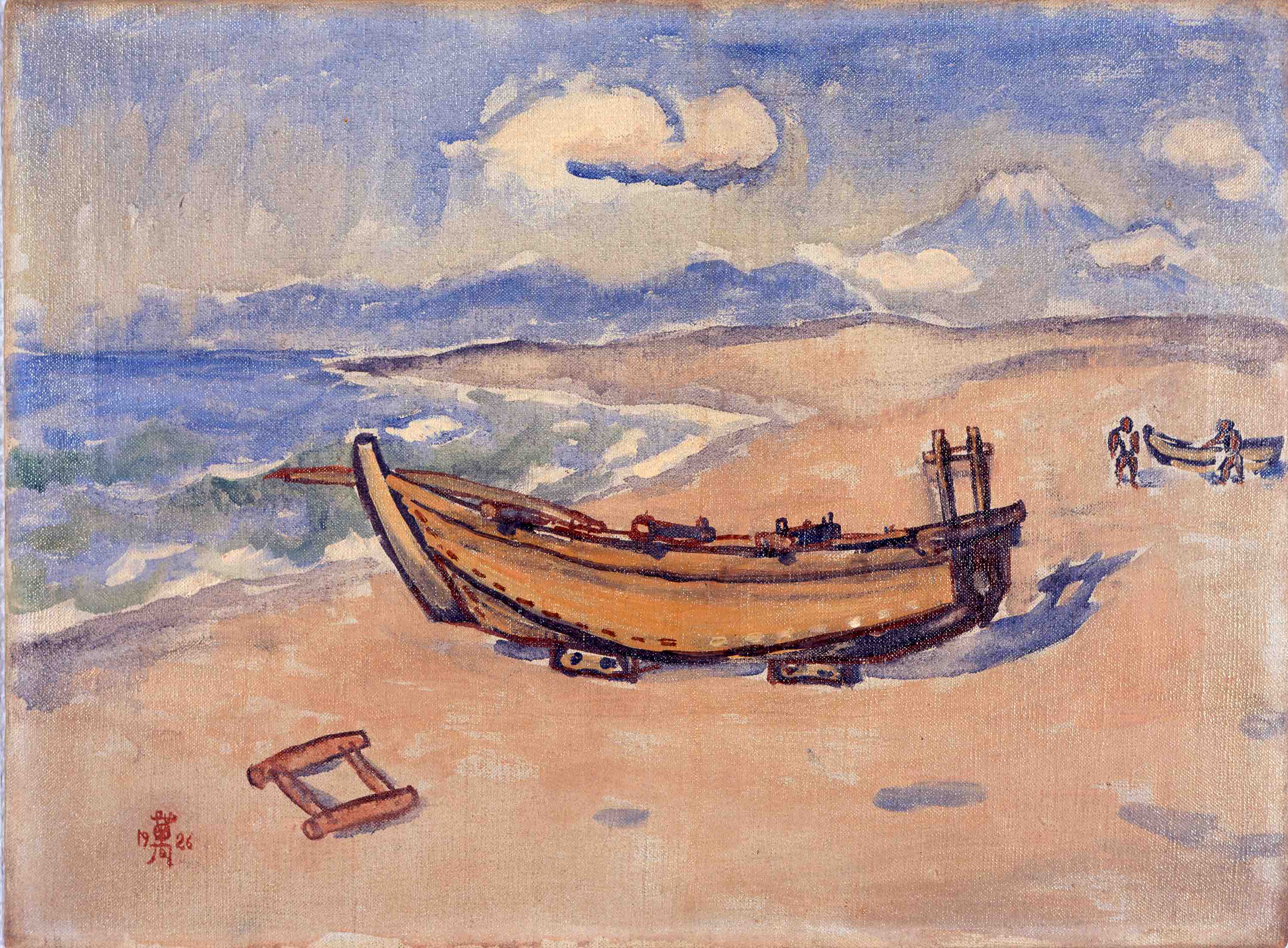
■Yoshino Tetsugoro, "Coast Scenery", 1926, oil on canvas, 33.4cm long x 45.5cm wide
Man moved to Chigasaki from Koishikawa, Tokyo to recuperate in March 1919. Since then, he has come to love Chigasaki's pine forests, the murmuring of the waves, and the soft breezes from the ocean.
Chigasaki City Museum of Art
[Address] 1-4-45 Higashikaigankita, Chigasaki City
[TEL] 0467-88-1177
*Please check the official website for details.
Yokosuka Museum of Art
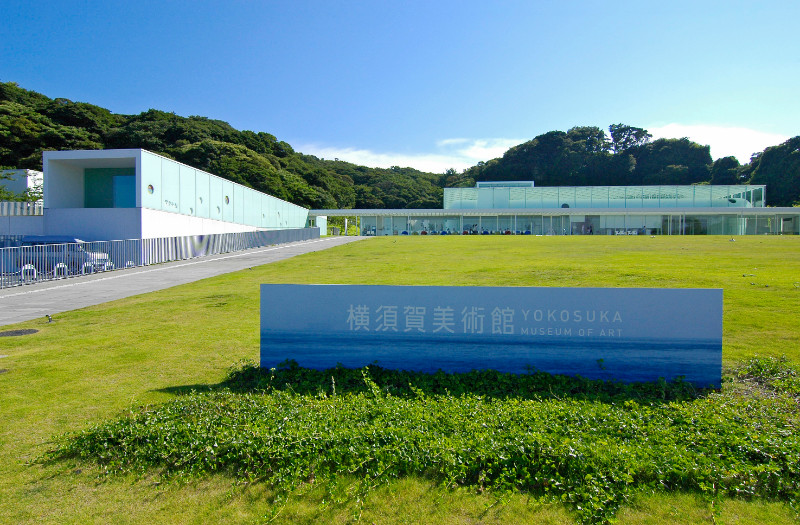
The museum opened in 2007 to commemorate the 100th anniversary of the city's founding. The museum is located in a blessed environment, surrounded on three sides by the lush greenery of the prefectural Kannonzaki Park, with Tokyo Bay stretching out in front of it. The museum has an open space with large and small circular holes in the ceiling and sides so that the surrounding nature can always be felt even inside the museum.
The museum features a collection of works by Western-style painters Asai Kan'emon and Kawabata Minoru, as well as other artists with ties to Yokosuka.
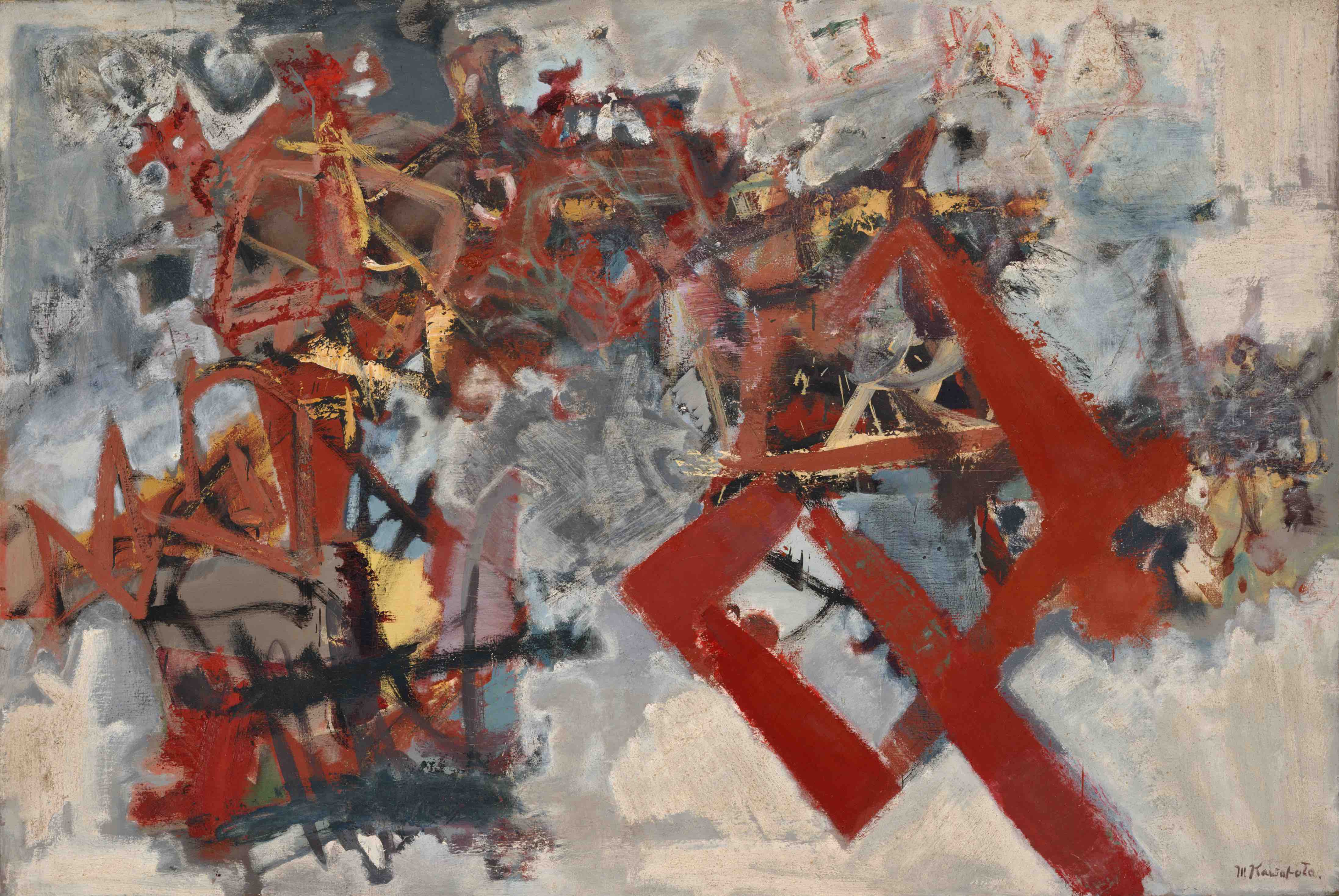
■Minoru Kawabata, Rhythm: Brown, 1958, oil on canvas
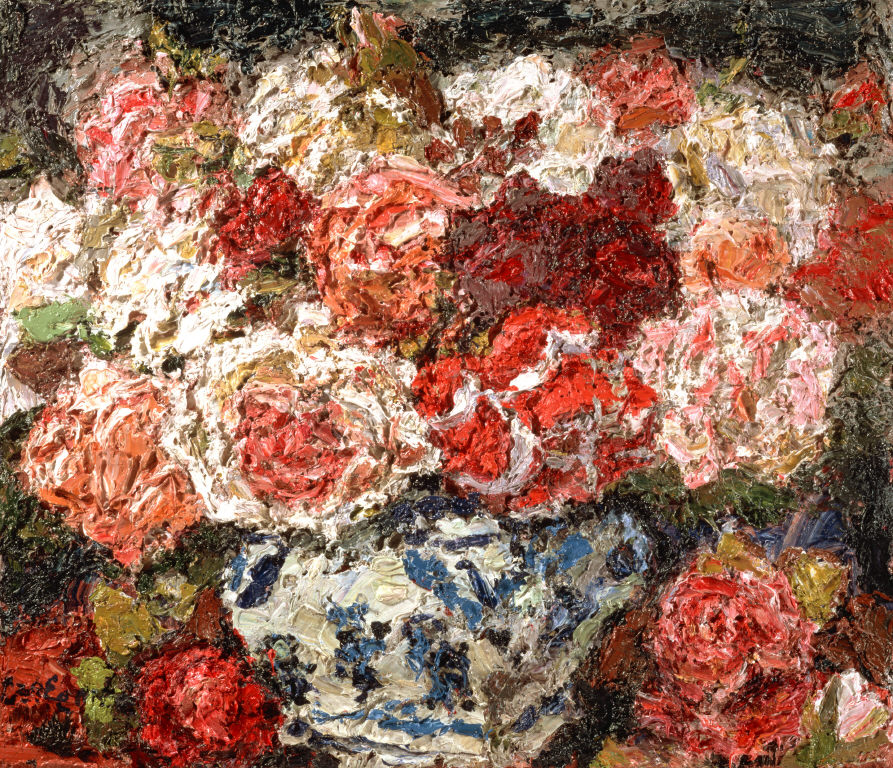
■Kanemon Asai《Rose (medium vase with blue flower karaji pattern)〈exquisite〉〈1983, oil on canvas
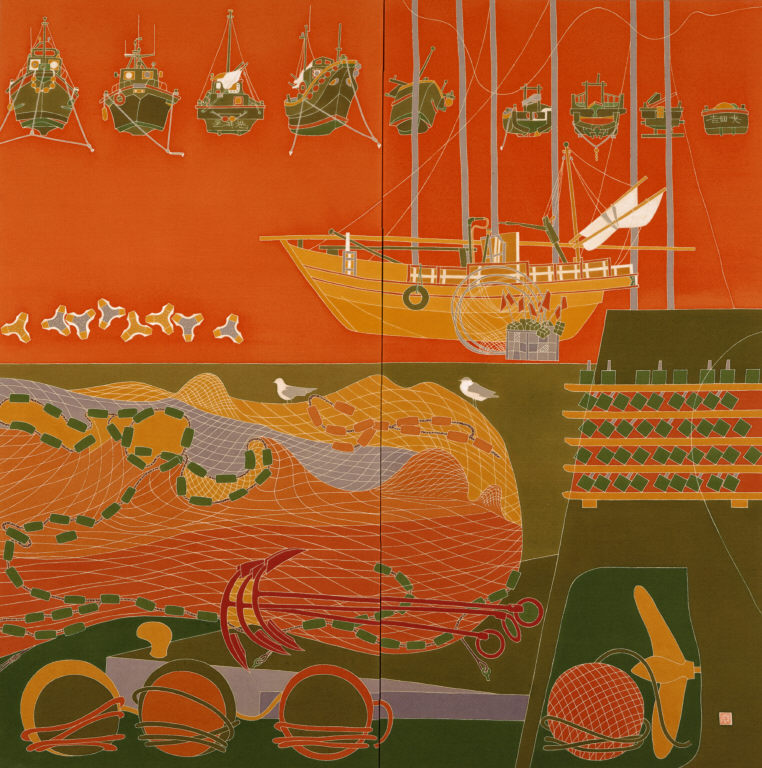
■ Mitsuya Nakamura "Afterglow" (first half of the exhibition) 1989, Yuzen
Yokosuka Museum of Art
[Opening hours] 10:00-18:00
[Closed] First Monday of every month (open on public holidays), December 29th to January 3rd
[Admission fee] Adults: 380 yen, High school students, university students, and those 65 and older: 280 yen, Junior high school students and younger: Free
[Address] Kamoi 4-1, Yokosuka City
[TEL] 046-845-1211
Okada Museum of Art
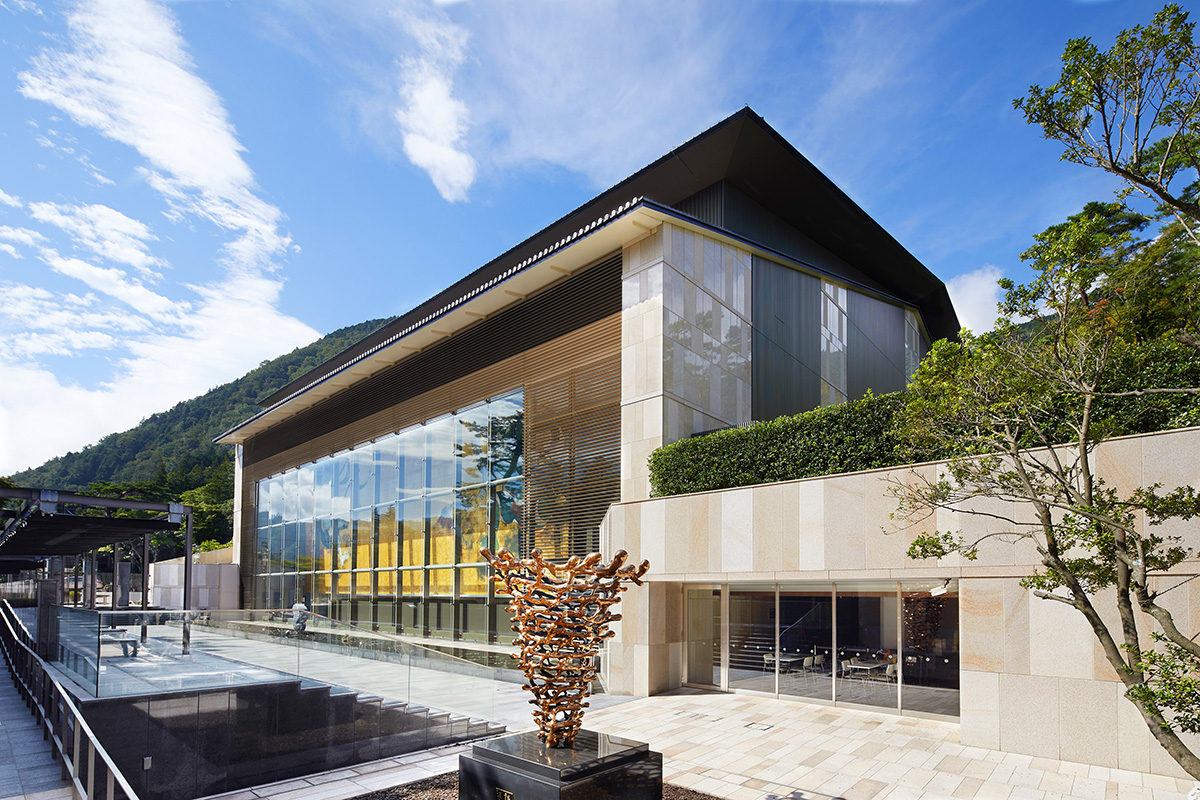
Opened in 2013 in Kowakudani, Hakone. The museum boasts the largest indoor exhibition area in Hakone, and has around 450 pieces of art, including Japanese and Asian ceramics and paintings, on display at all times. Another attraction is the wide range of ways to enjoy the museum, including a foot bath cafe in front of the large mural "Kaze-Toki" of the wind god and thunder god painted by contemporary Japanese painter Fukui Kotaro.
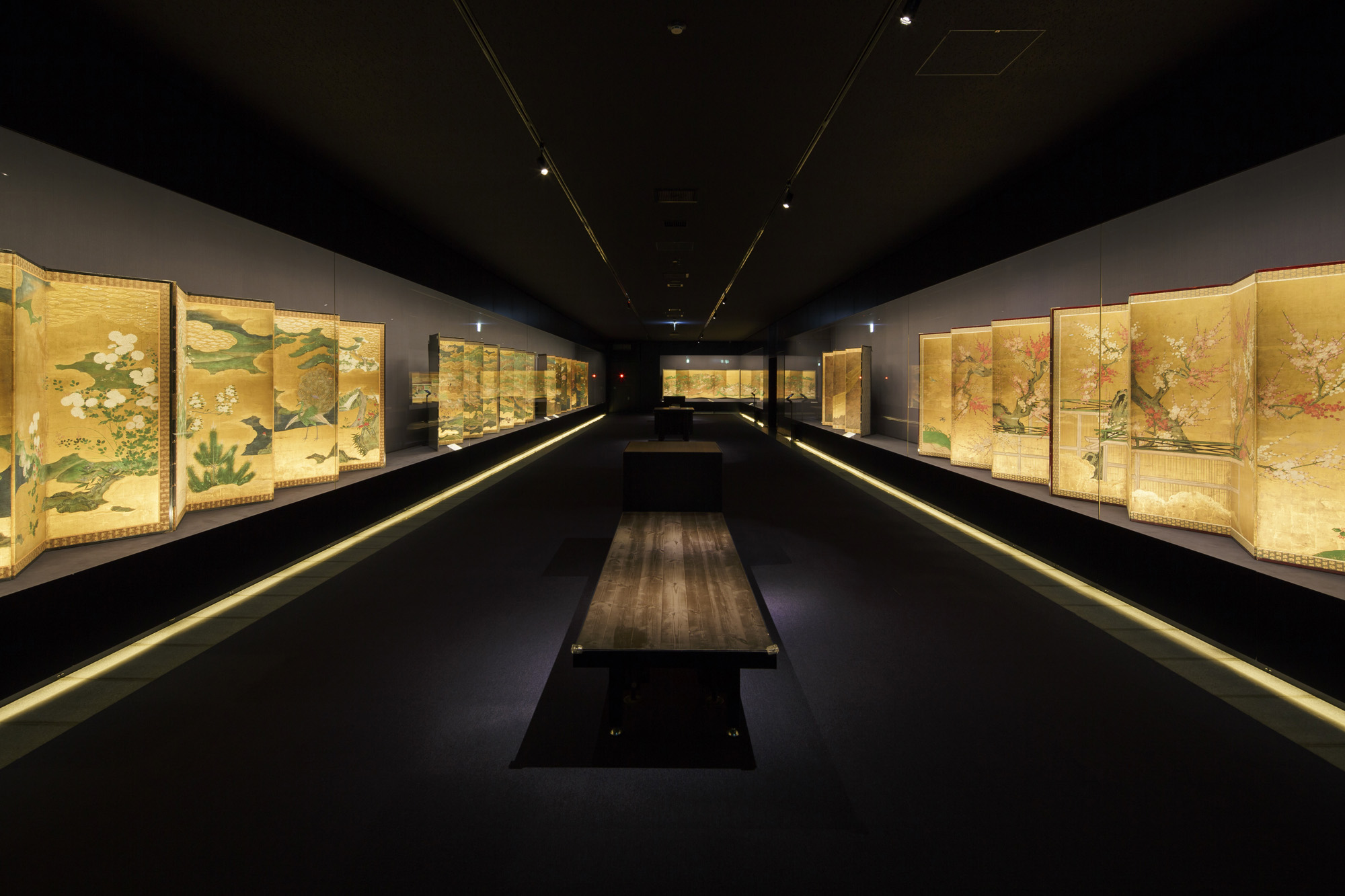
[ Celebrating 260 years since his birth: Hokusai's original paintings along with his masterpieces of woodblock prints and shunga ]
( Until Sunday, September 27, 2020)
The exhibition features 17 of Hokusai's works, including woodblock prints, prints, and shunga, centering on 11 masterpieces that represent each period of Hokusai's 70-year career as an artist, from his 40s to his final years. It also features works by the French glass artist Emile Gallé (1846-1904), who was influenced by Hokusai, and approaches the genius Katsushika Hokusai from various angles.
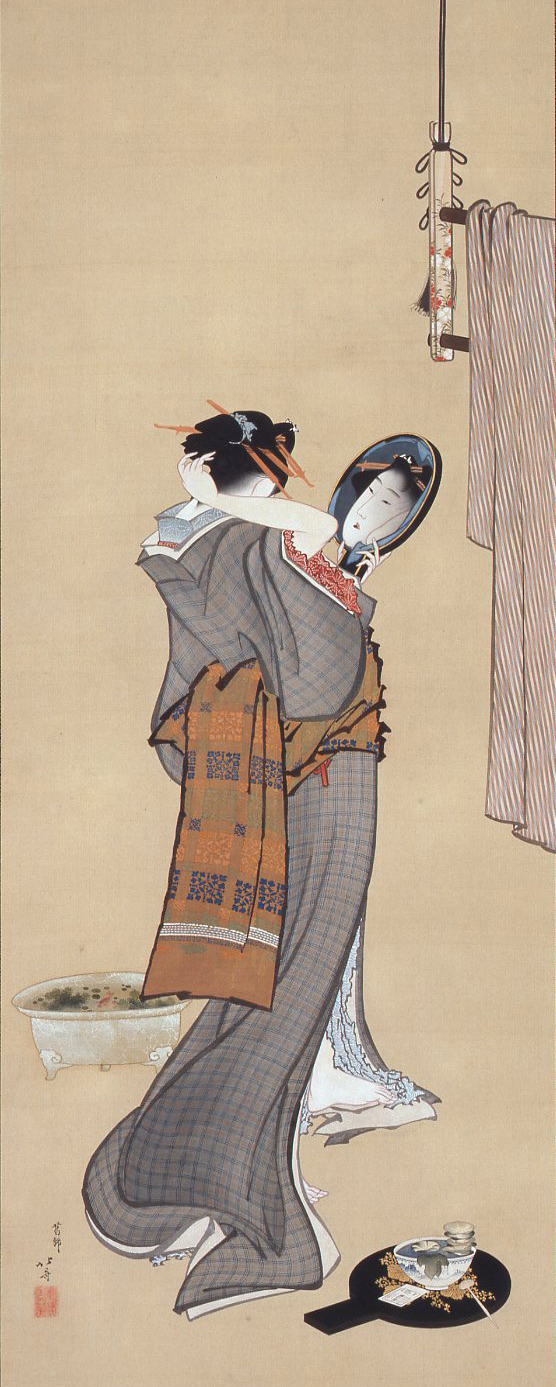
■ Katsushika Hokusai "Summer Morning" (detail) Early 19th century Collection of Okada Museum of Art
Hokusai, who was around 50 years old when he painted "Summer Morning," also devoted himself to creating hand-painted portraits of beautiful women, producing a number of works that are considered masterpieces. In this exhibition, this work will be exhibited alongside "Beauty in Summer" (private collection), which is also renowned as a masterpiece.
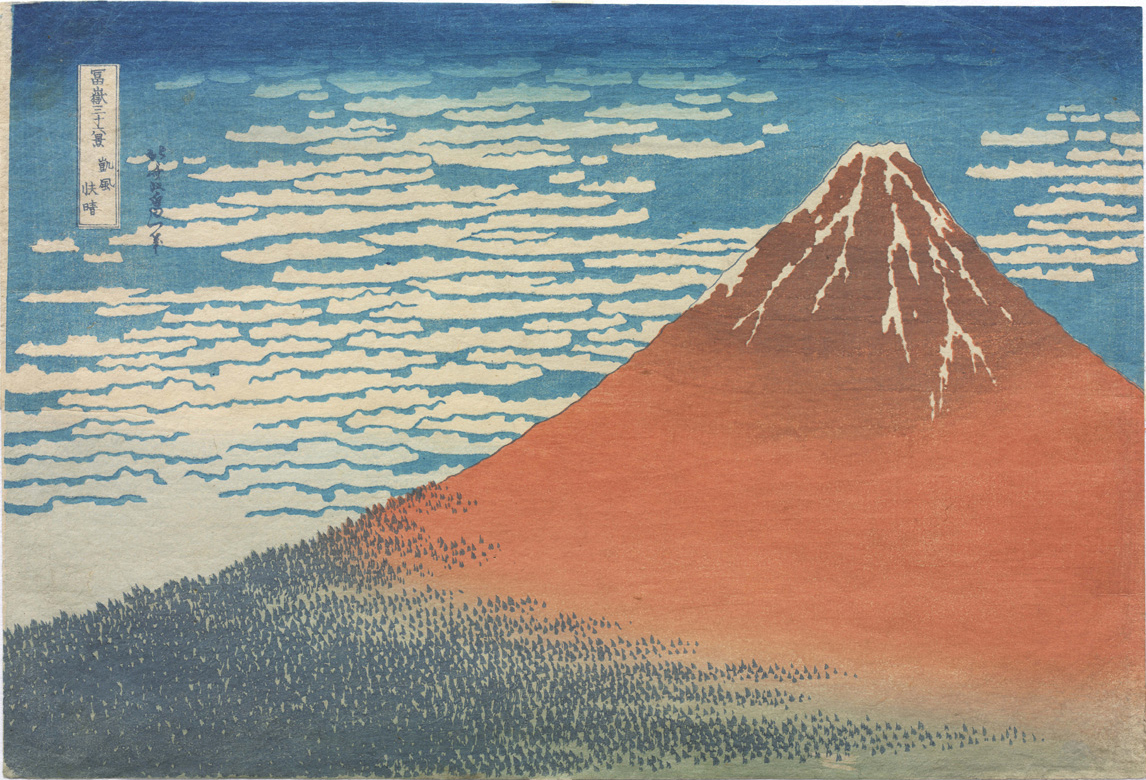
Thirty-six Views of Mount Fuji, Fine Wind, Clear Weather, Tempo 2-4 (1831-1833), Collection of the Okada Museum of Art
*Exhibition period until July 31st
The world-famous Thirty-six Views of Togakure series was created by Hokusai when he was over 70 years old, and was praised for its innovative use of the latest imported Western art material, Prussian blue (commonly known as "Bero-ai").
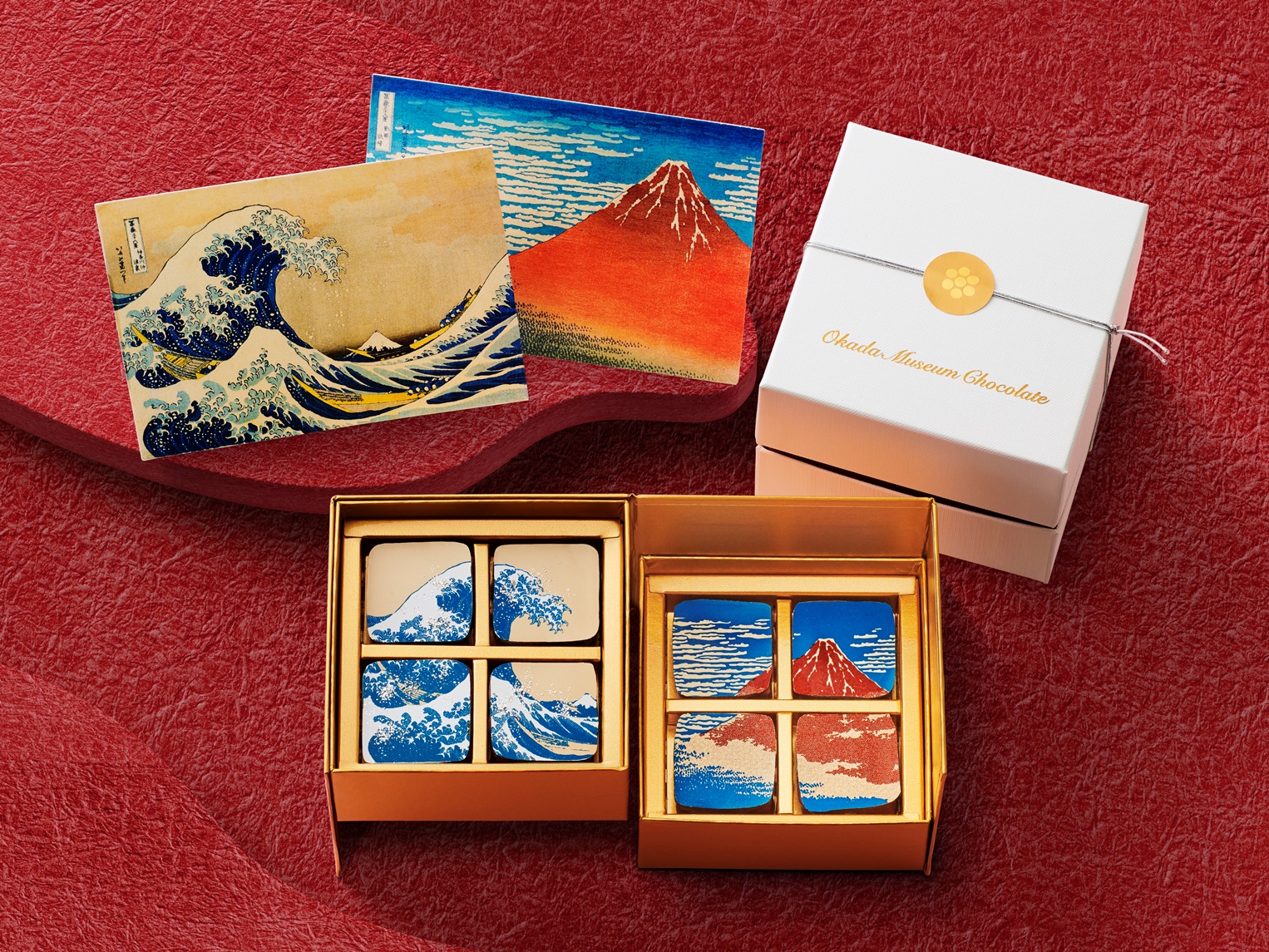
The colorful new chocolates were created by selecting "Under the Great Wave off Kanagawa" and "Fine Wind, Clear Morning" from the museum's collection, which are part of the masterpiece "Thirty-six Views of Mount Fuji." They can be purchased at the museum shop inside the building.
Okada Museum of Art
[Opening hours] 9:00-17:00 (entry until 16:30)
[Closed] Open everyday during the exhibition period
[Admission fee] Adults/university students: 2,800 yen, elementary school students to high school students: 1,800 yen
[Address] 493-1 Kowakudani, Hakone-machi
[ TEL ] 0460-87-3931
The Hakone Open-Air Museum
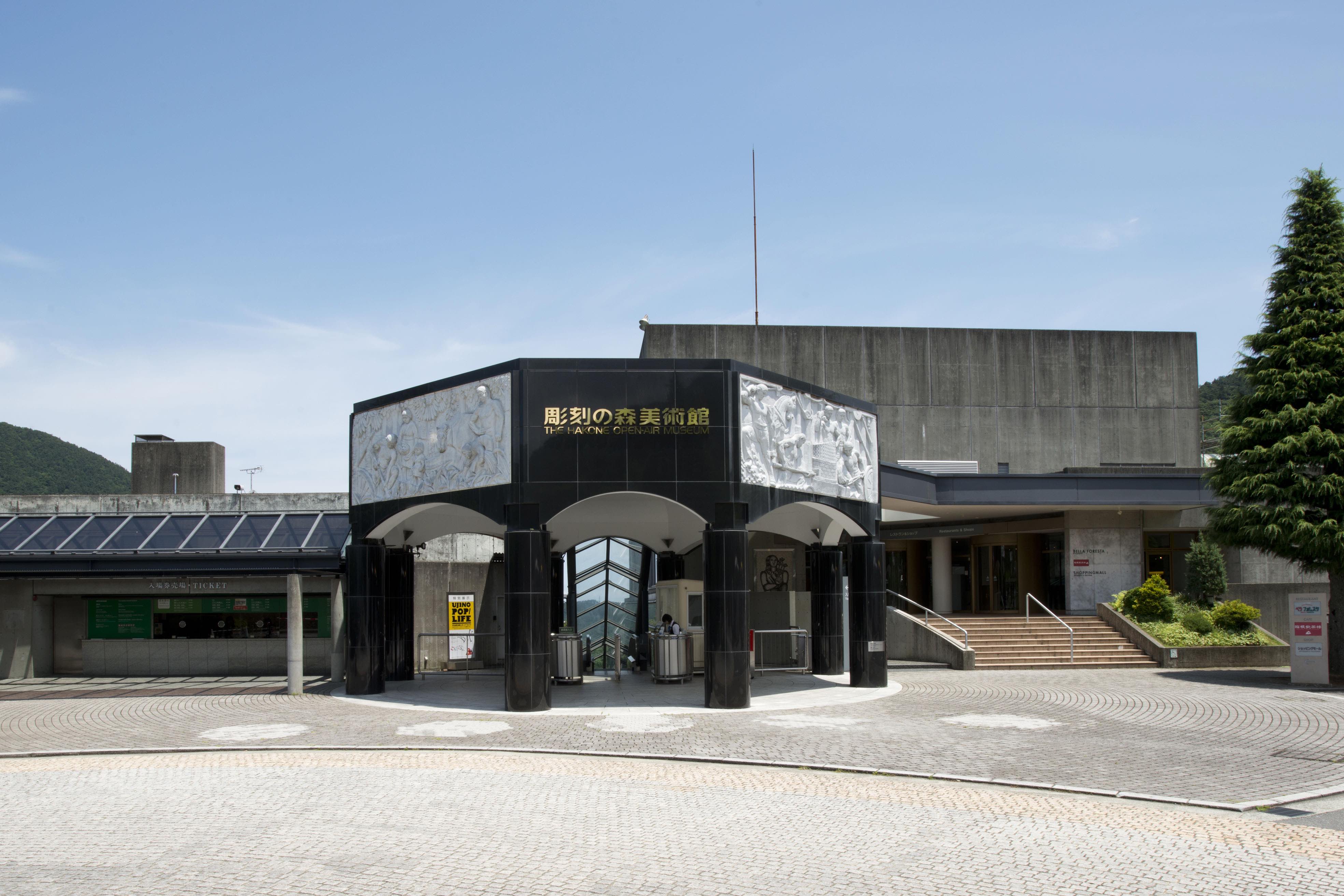
The Hakone Open-Air Museum opened in 1969 as Japan's first outdoor art museum. In its 70,000 square meter garden overlooking the Hakone mountains, 120 masterpieces by leading modern and contemporary sculptors are on permanent display.

The museum reopened on Sunday, June 8th, but some of the facilities, such as the Net Forest, Bubble Castle, and Kitoki Log Square, which are popular with children, remain closed. However, the attraction here is undoubtedly the pleasant outdoor exhibition space. When you go through the tunnel from the entrance and go outside, you will find the garden museum framed by the Hakone mountains.

Fernand Léger "Walking Flower"
Léger, a painter active in the first half of the 20th century, created this monument in his later years as a collaboration with architecture. This dynamic work appears to be moving vigorously forward towards the sun.

■Auguste Rodin, Balzac, 1891-98, bronze, 270 x 120 x 127 cm
He created this work based on a portrait photograph at the request of the Society of Artists and Authors, but the plaster statue wearing a gown was harshly criticized by the Society and was refused to take it back. Rodin kept the plaster statue and never took it out of the city for the rest of his life. The work was installed and unveiled in Paris in 1939, after his death.

■Carl Milles, Man and Pegasus, bronze, 250 x 223 x 140 cm
This is a scene in which Bellerophon, the hero of Greek mythology, rides on the winged horse Pegasus to defeat the monster Chimera. This work, which is exhibited on a 19-meter pedestal, stands out outdoors against the sky.
"The Hakone Open-Air Museum"
[Opening hours] 9:00-17:00 (entry until 16:30)
[Closed] Open everyday
[Admission fee] Adults 1,600 yen, university and high school students 1,200 yen, junior high and elementary school students 800 yen
[Address] 1121 Ninohira, Hakone-machi
[TEL] 0460-82-1169
Pola Museum of Art
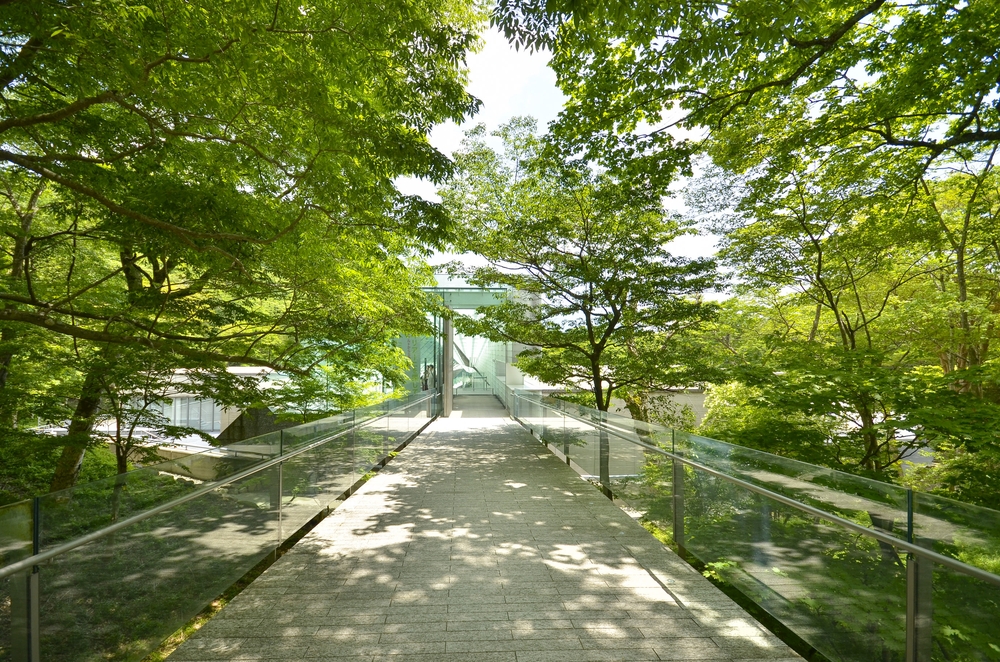
Opened in Hakone in 2002, this art museum houses Western paintings, Japanese Western paintings, Japanese paintings, prints, Oriental ceramics, glass crafts, and cosmetics from all over the world, past and present.
The concept behind the construction was "symbiosis of Hakone's nature and art." Taking into consideration the nature and scenery of Hakone, the building's height was kept to just 8 meters above ground, with most of the building located underground, allowing it to blend in with the forest.
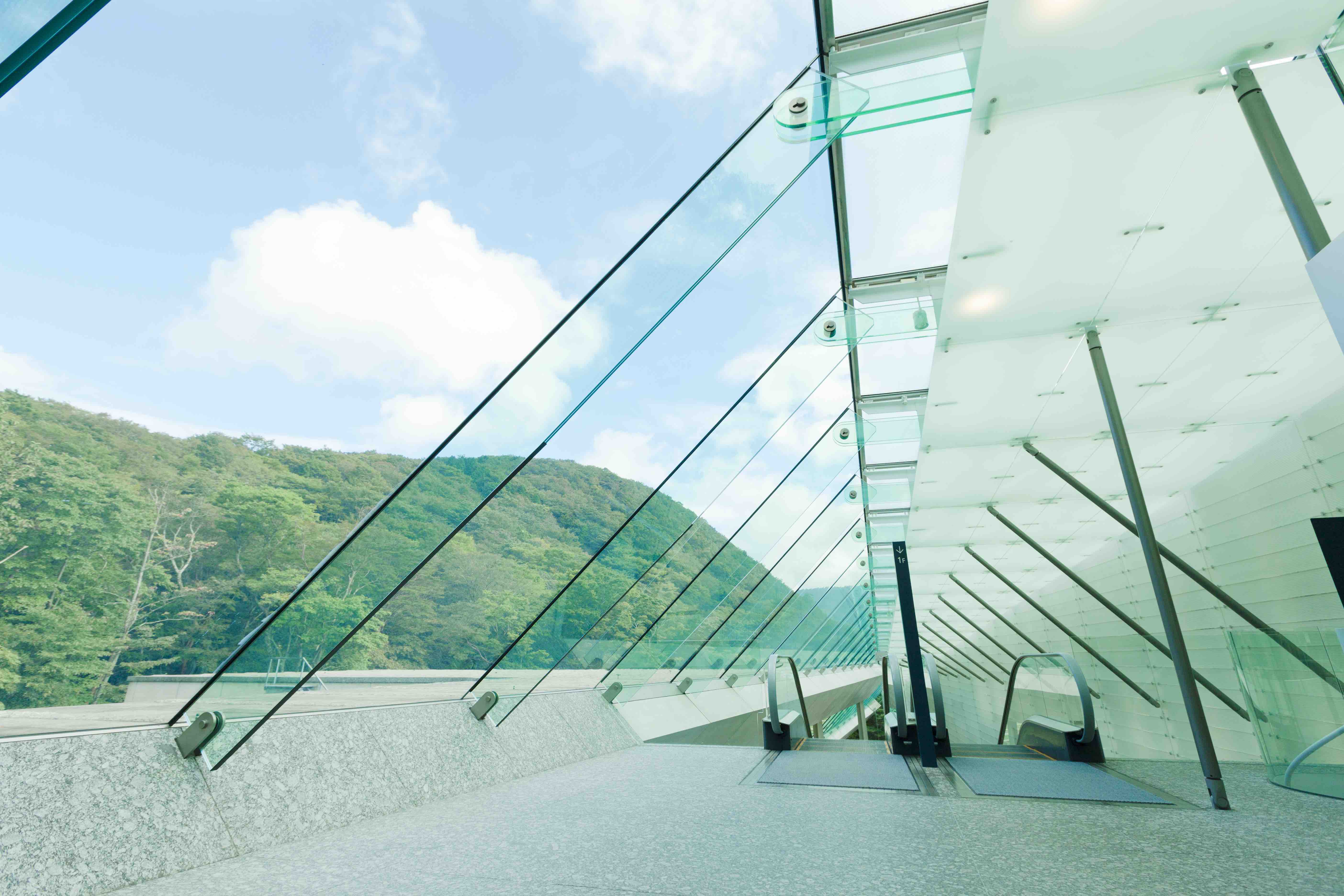
In order to allow visitors to enjoy the most beautiful Impressionist works, the exhibition rooms are lit with fiber optic lighting that recreates the atmosphere of a "July evening in Paris." Visitors can enjoy a world of beauty woven together by outstanding works of art, the beautiful greenery of nature, and the architectural space filled with light.
The museum reopened on Monday, June 1st, and is currently hosting the following exhibitions:
[Monet and Matisse: Another Paradise]
[Dates] Until Tuesday, November 3, 2020
[Closed] Open everyday during the exhibition period (may be closed temporarily due to changing exhibits)
[Opening hours] 9:00-17:00 (entry until 16:30)
[Admission fee] Adults 1,800 yen / 65 years and older 1,600 yen / University and high school students 1,300 yen / Junior high school students and younger free
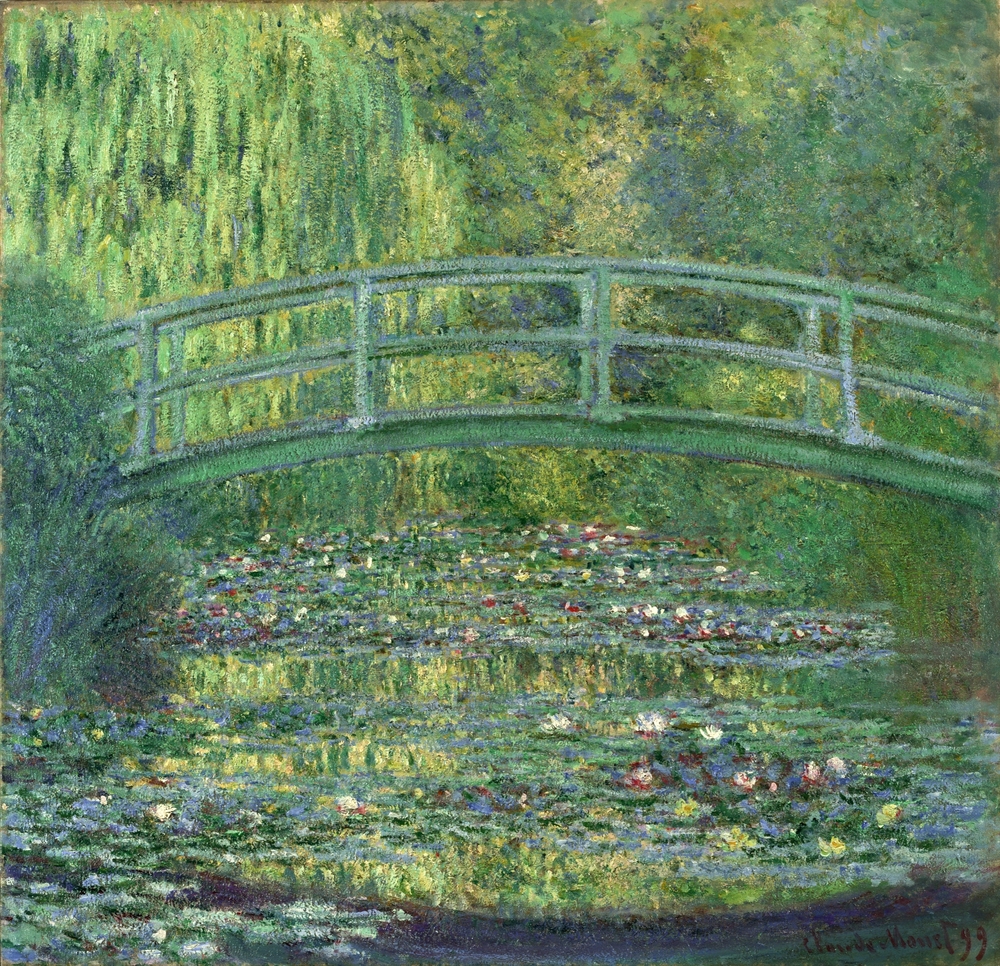
■Claude Monet, Water Lily Pond, 1899, oil on canvas, 88.6 x 91.9 cm
Monet painted a landscape of a water lily pond and a bridge in the fantastical garden he created. This work is one of a series of 18 works. After this, his interest gradually shifted to the various effects that the change in light due to time and weather had on the surface of the pond.
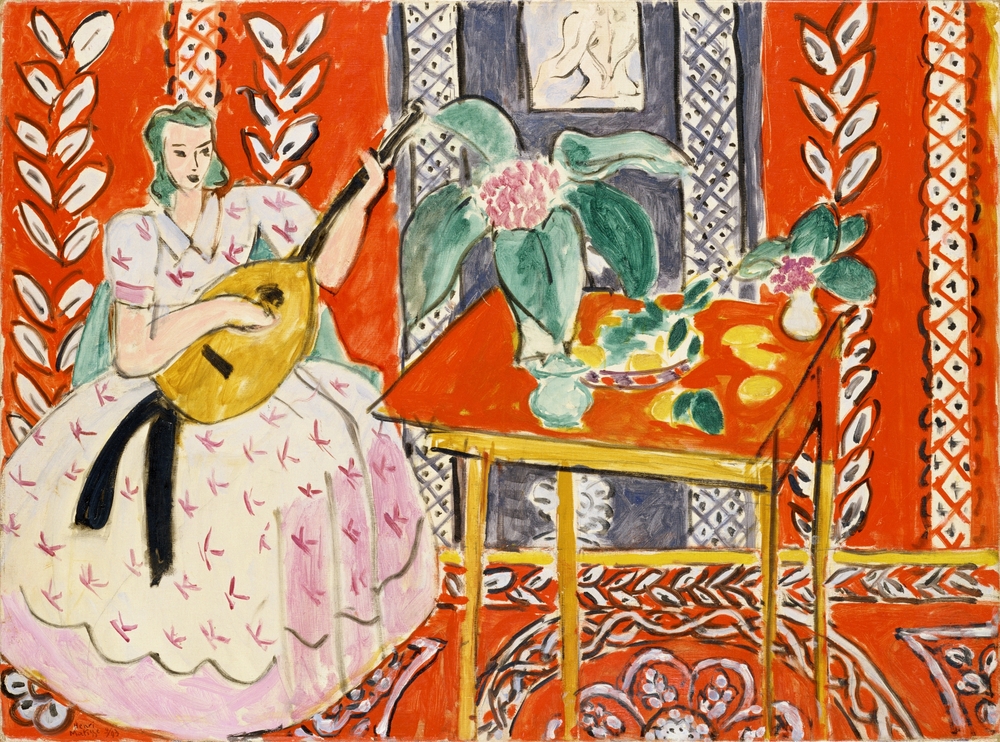
■Henri Matisse, "Lute", 1943, oil on canvas, 60.0 x 81.5 cm
Matisse created this work in 1943 while he was staying at the Regina Hotel in Nice, southern France, to escape the fires of war. "At times I have tried to achieve a certain balance and expressive rhythm using only color, and at other times I have tried to confirm the power of arabesque alone," Matisse confessed during this period.

■Pierre-Auguste Renoir, Girl in a Lace Hat, 1891, oil on canvas, 55.1 x 46.0 cm
Renoir's joy in painting can be felt in the brushstrokes that convey the texture and lightness of the lace hat. As can be seen in the depiction of the dress, with its skillfully expressed volume at the cuffs, Renoir was adept at capturing the texture of clothing.
" Pola Museum of Art "
[Address] 1285 Kozukayama, Sengokuhara, Hakone-machi
[ TEL ] 0460-84-2111
